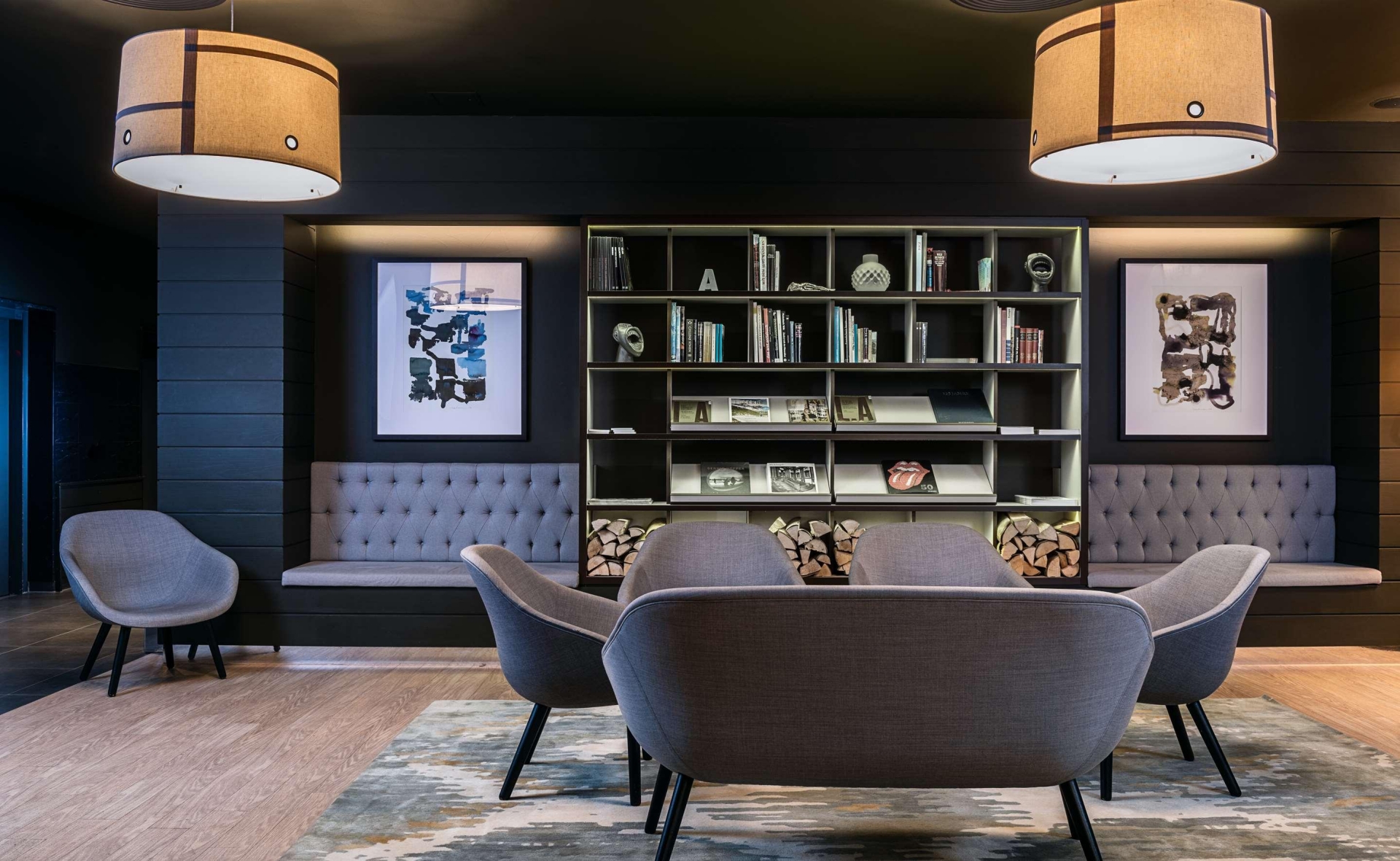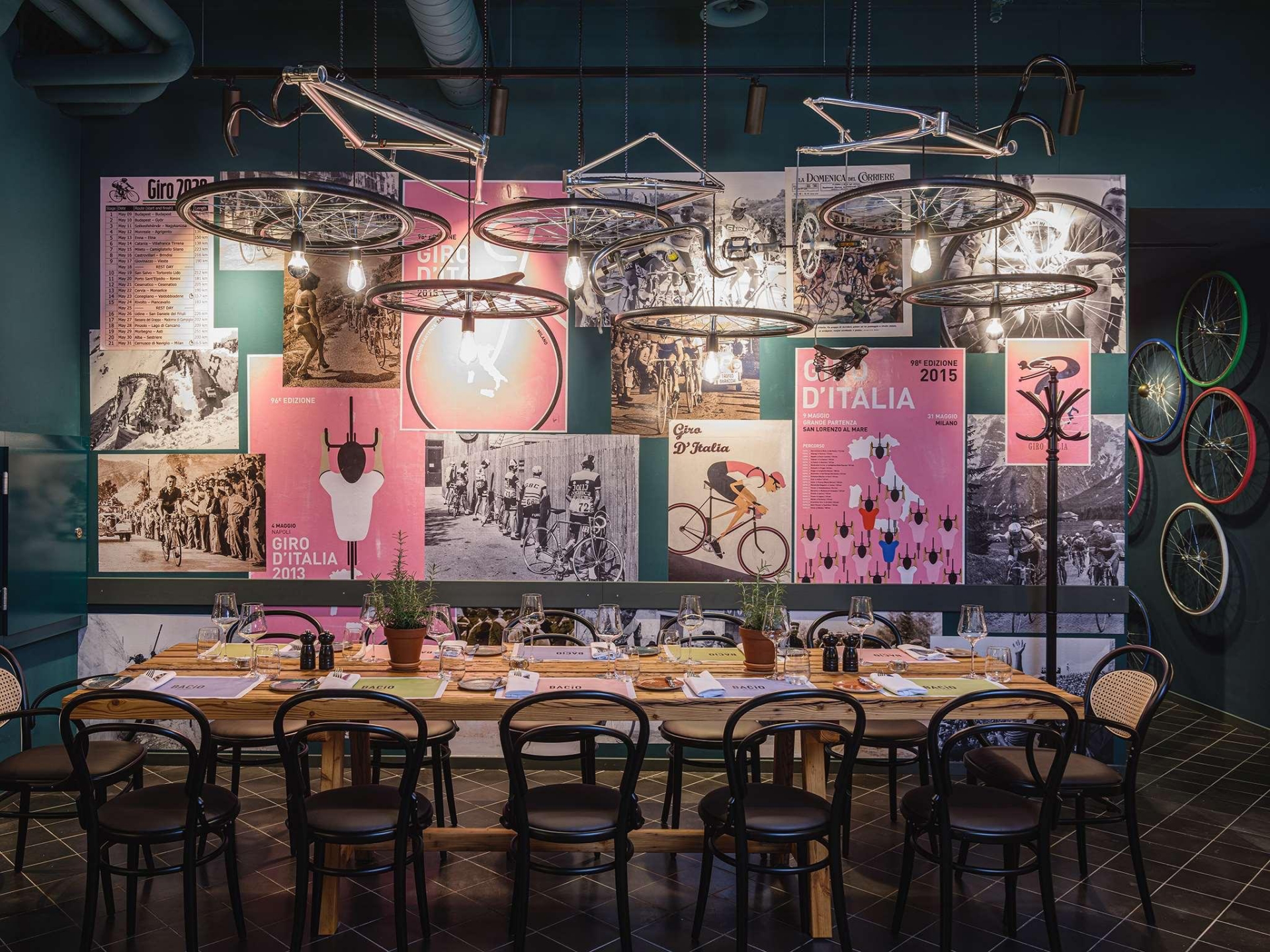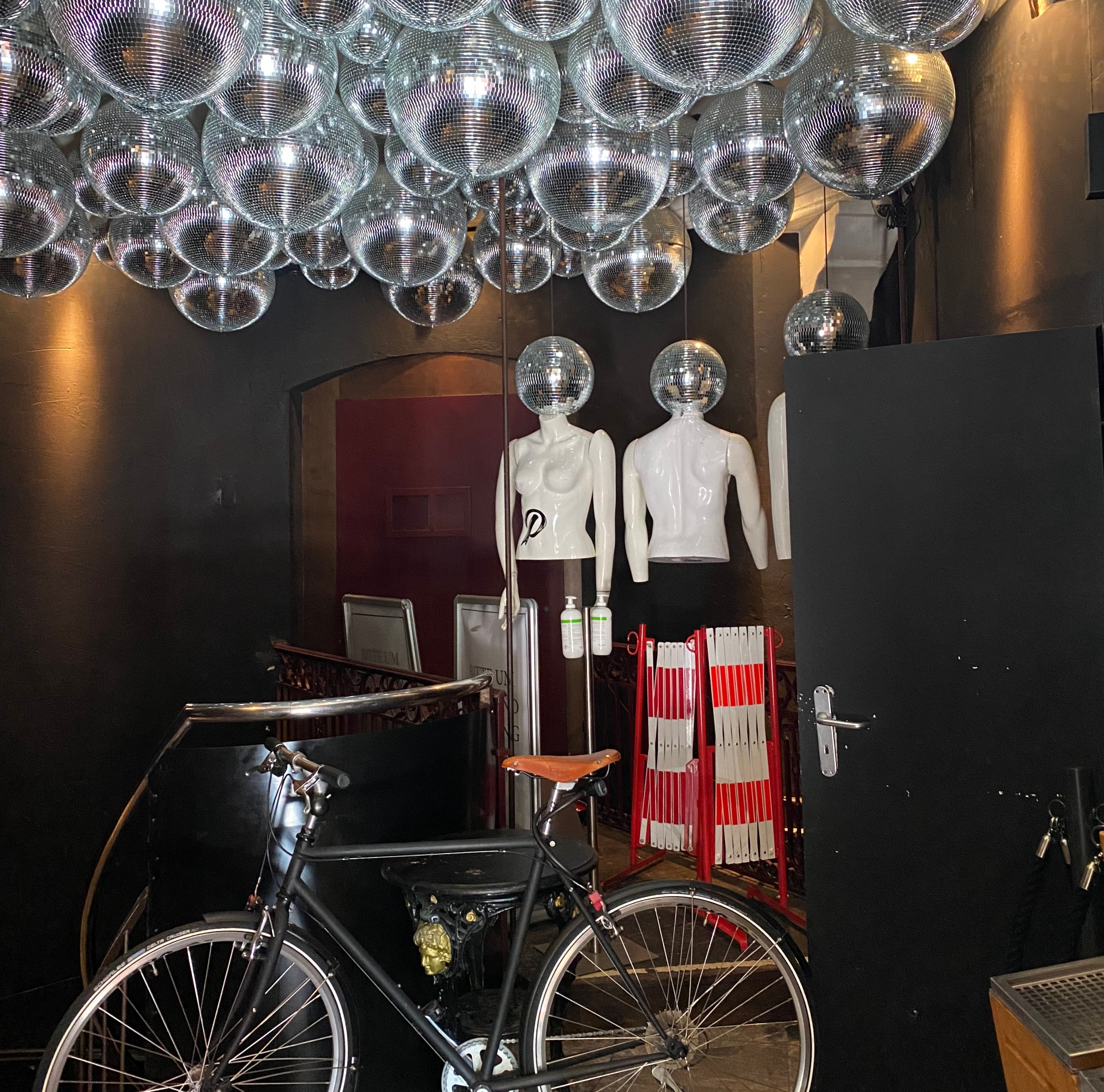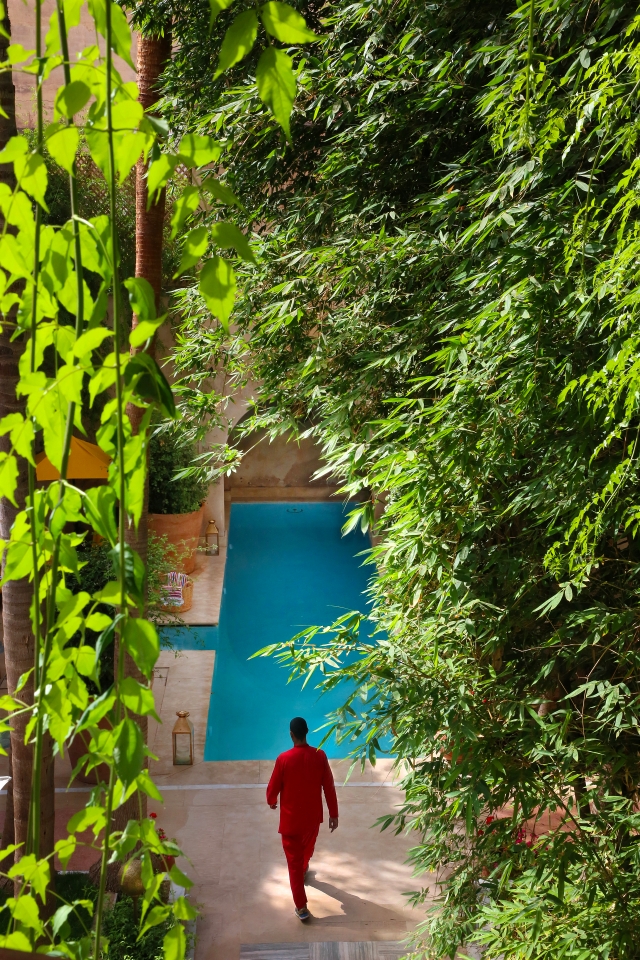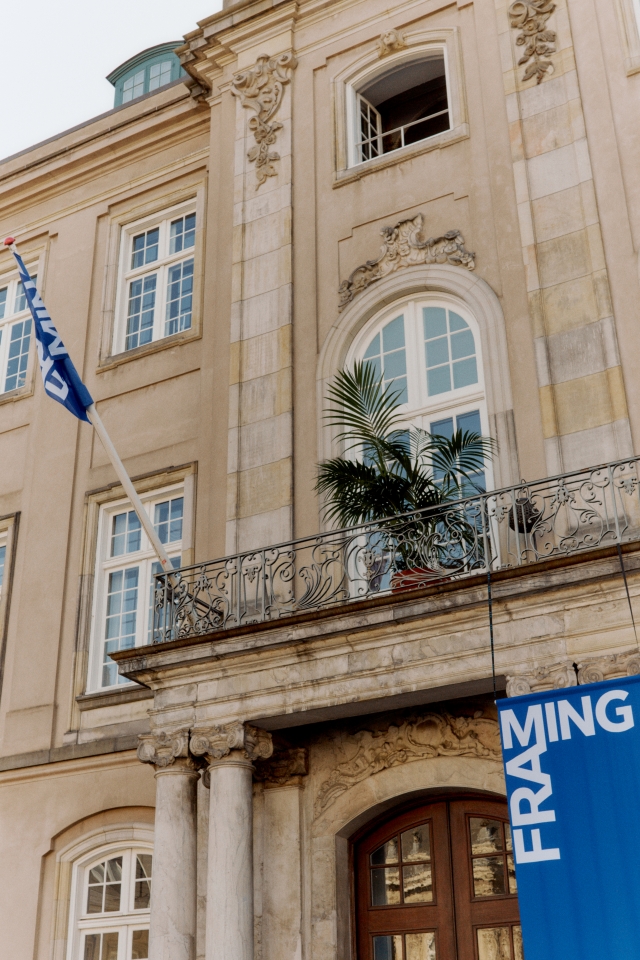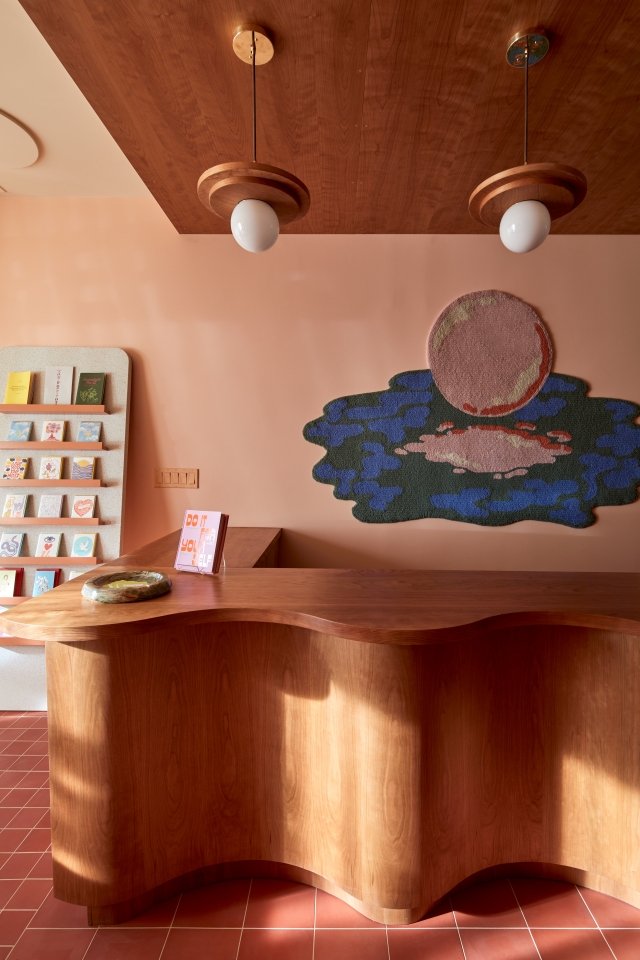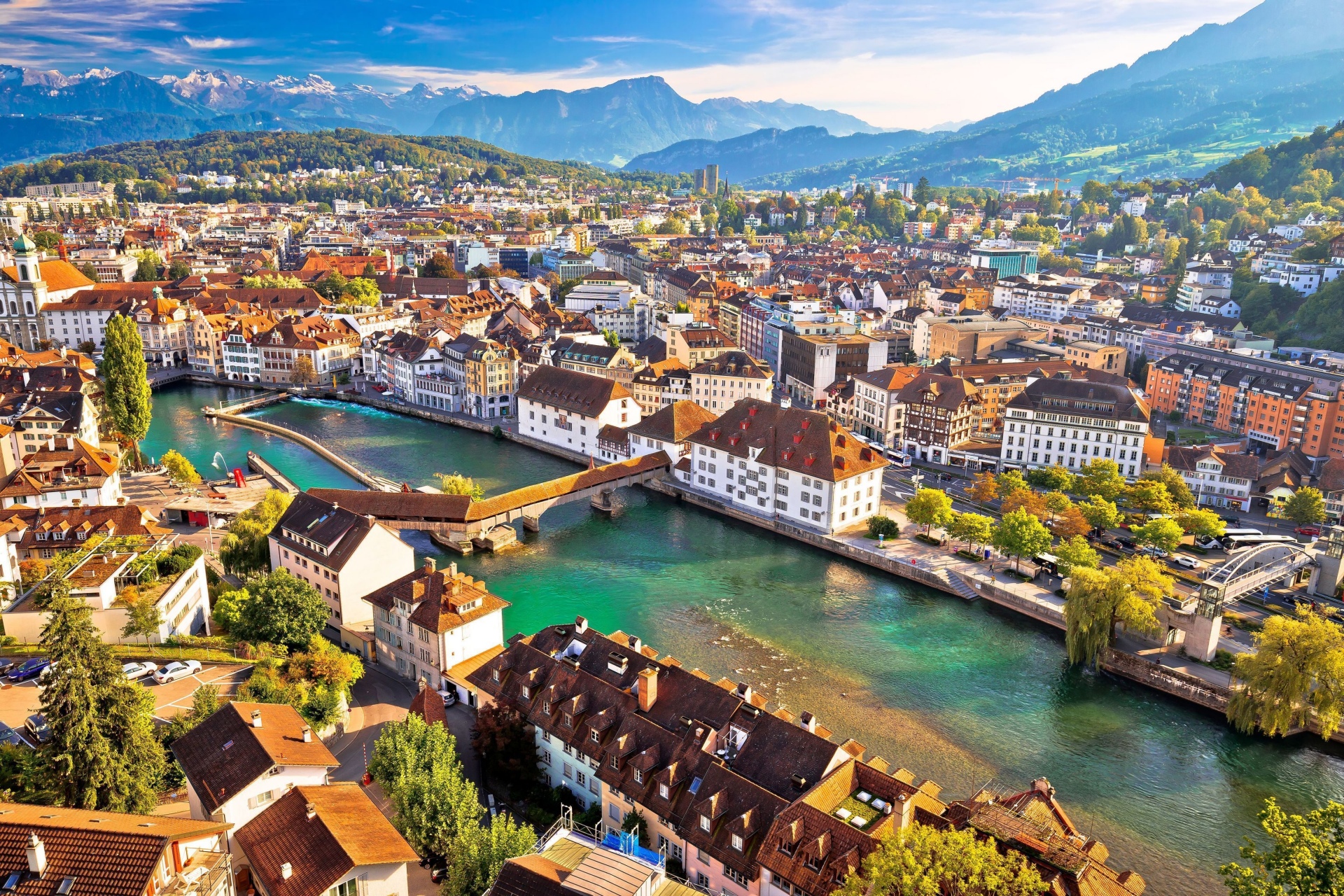
Lucerne is a beautiful medieval city with an intimate charm, a small-town vibe, and a picture-perfect setting on Lake Luzern surrounded by towering snow-capped mountains. It's no wonder it's considered the jewel in Switzerland's crown.
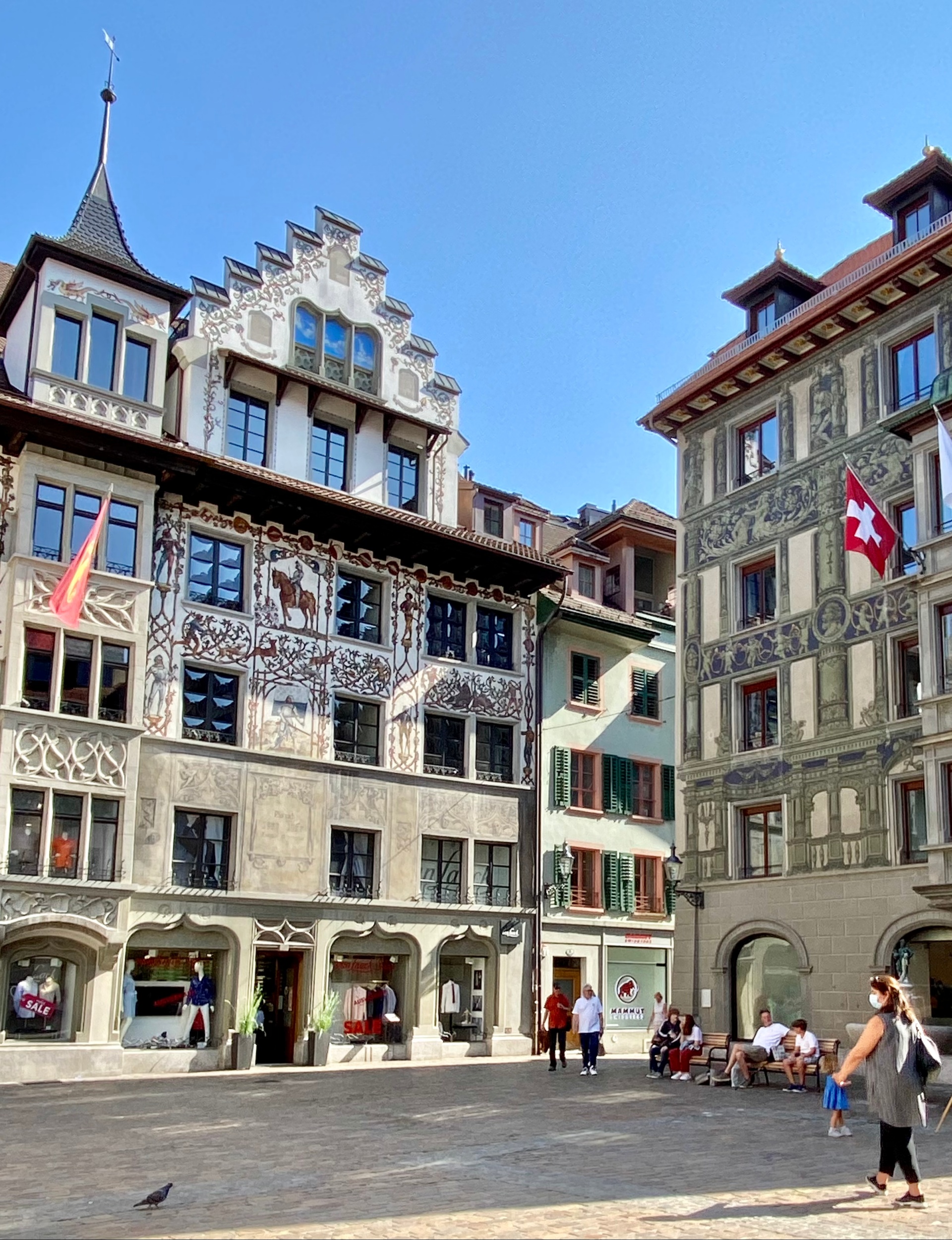
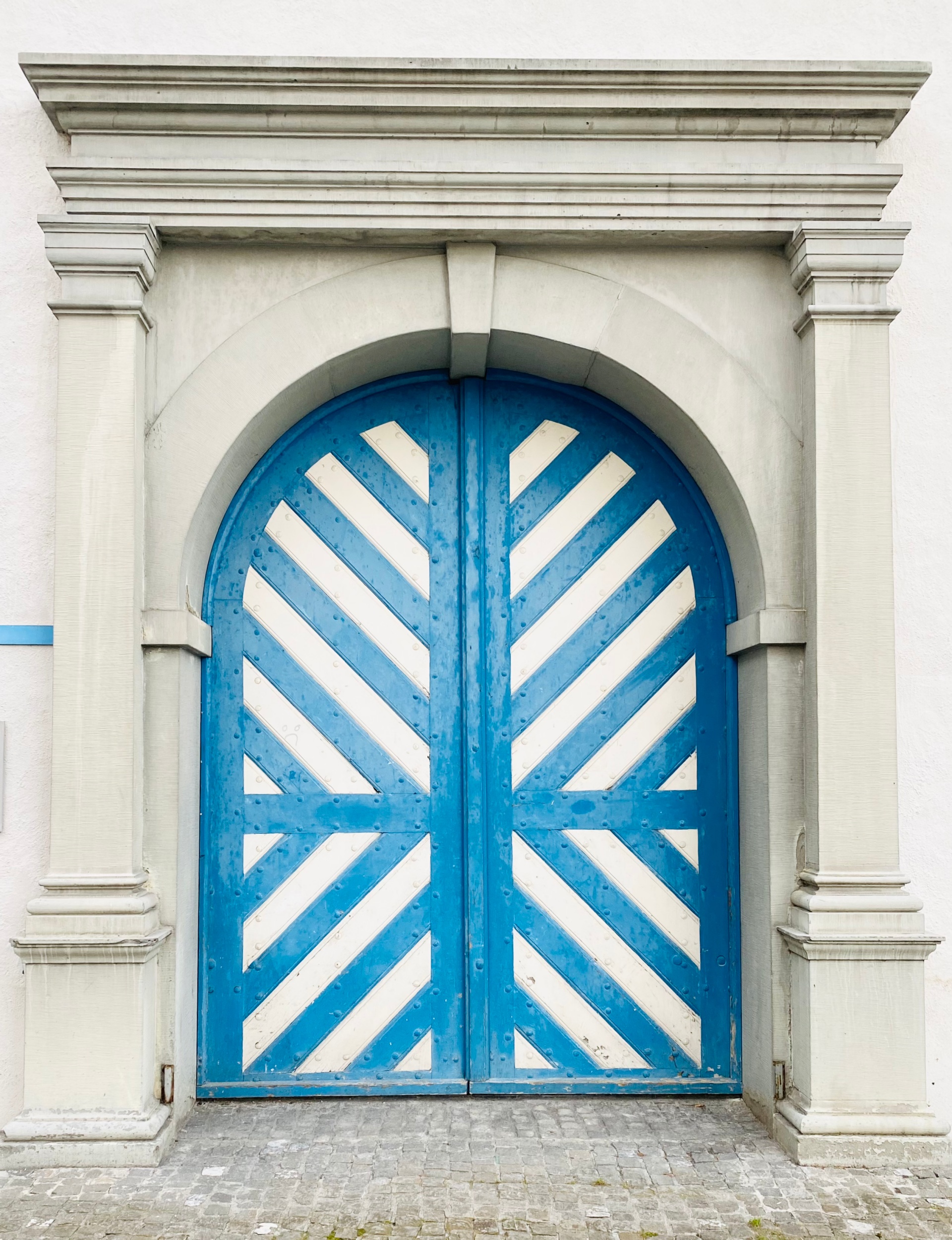
The Old Town
The Aldstadt (Old Town) sits on the shore of the eponymous lake, straddling the north side of the Reuss River with beautiful squares, painted houses, medieval guildhalls, half-timbered buildings, and cobblestoned streets, churches, and medieval towers, but it's best-known for its wooden bridges. The 14th-century Kapellbrücke (Chapel Bridge) is the most famous, and the world’s oldest wooden truss bridge. It’s lined with paintings depicting important events and scenes from Swiss history. A little further downriver, the Spreuer Bridge, constructed in 1408, has fascinating images of skeletons in an artistic style known as the Danse Macabre.
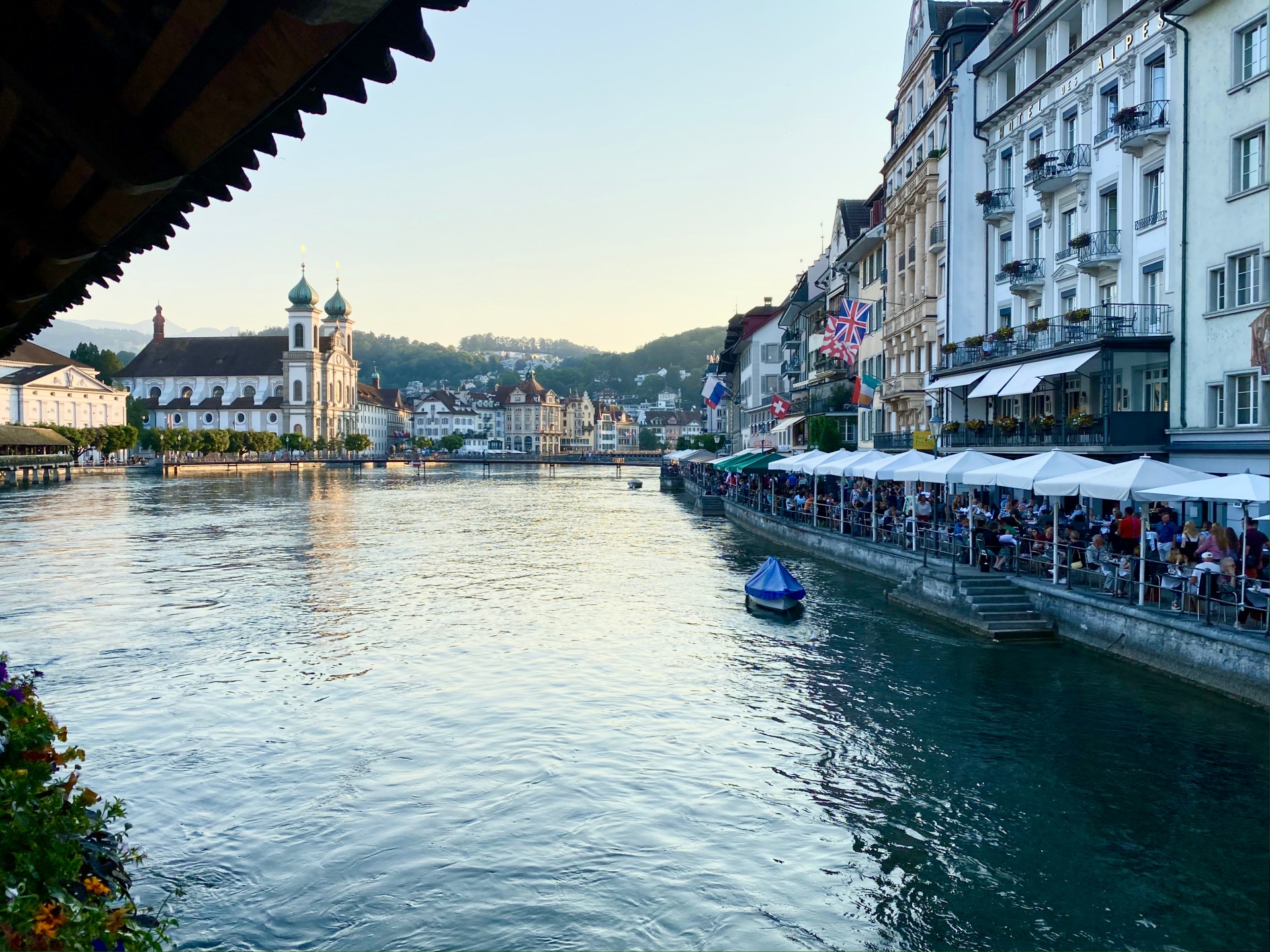
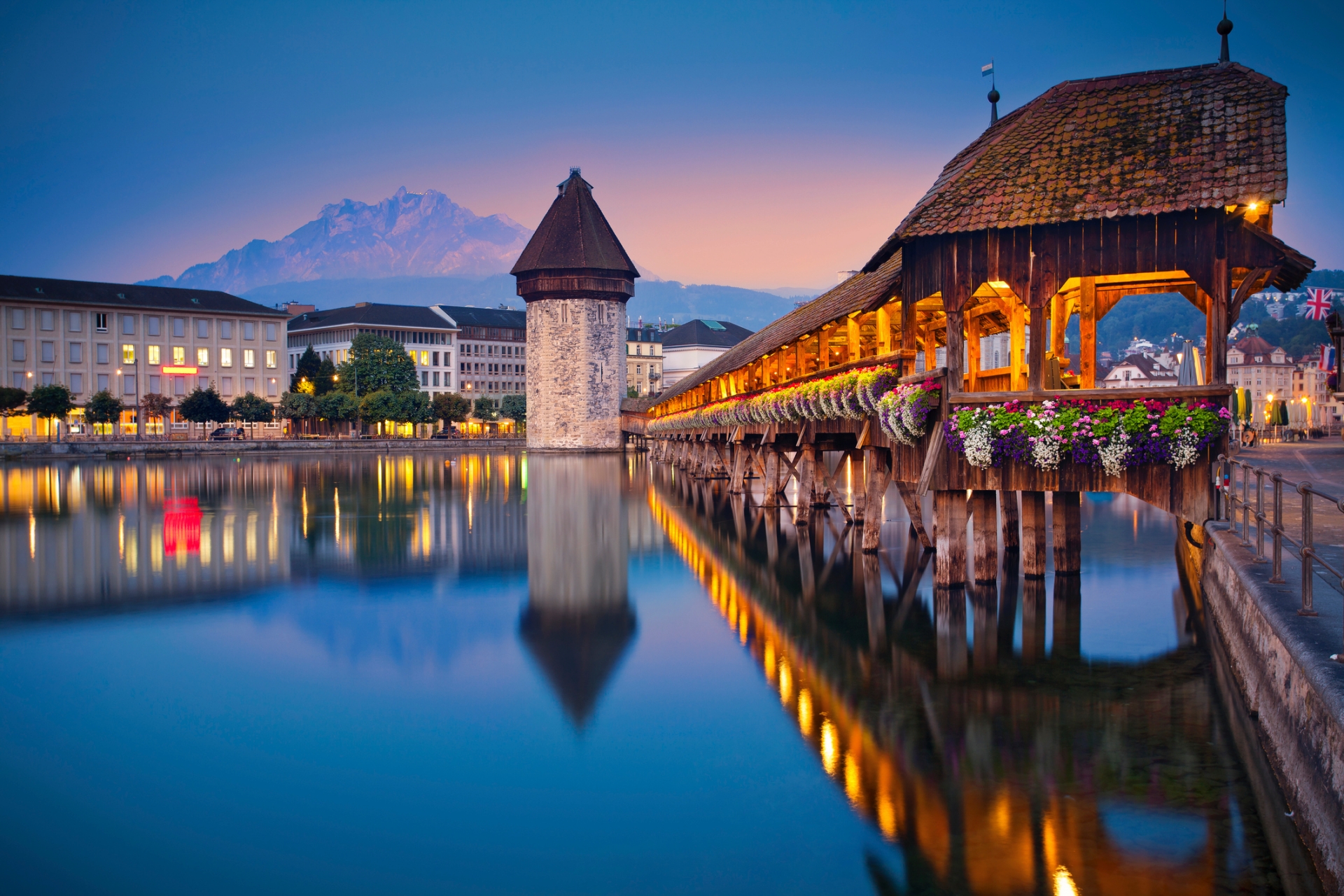
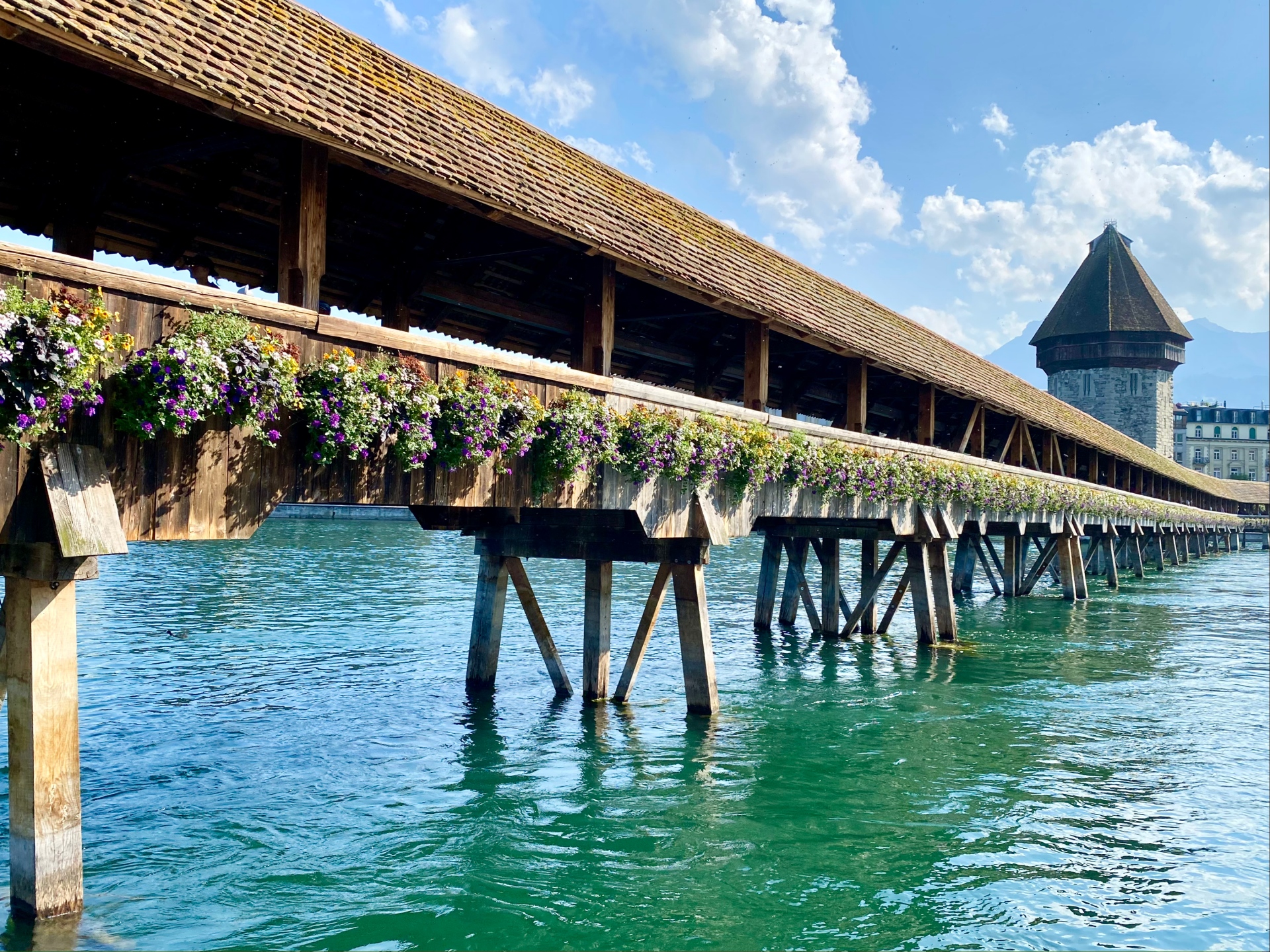
The city centre is compact with just a few key places to visit - one of which is the eye-dazzling 17th century Jesuit church unmissable by its distinctive onion-shaped towers; however, the delicate and ornate interior is the real highlight. The Renaissance-style Church of St. Leodegar, commonly referred to as the Hofkirche, that sits on the small hill above the town is immediately noticeable by its striking twin needle towers. Lucerne's well-preserved Museggmauer (Old City Wall), is a 14- century rampart with nine towers, three of which are open to the public - Schirmer, Zyt, and Männli - all have fabulous views over the town, landmarks, and the lake. The Zytturm (Zyt) Clocktower has the oldest clock in Lucerne and in reverence is set to chime one minute before all the other public clocks since medieval times.
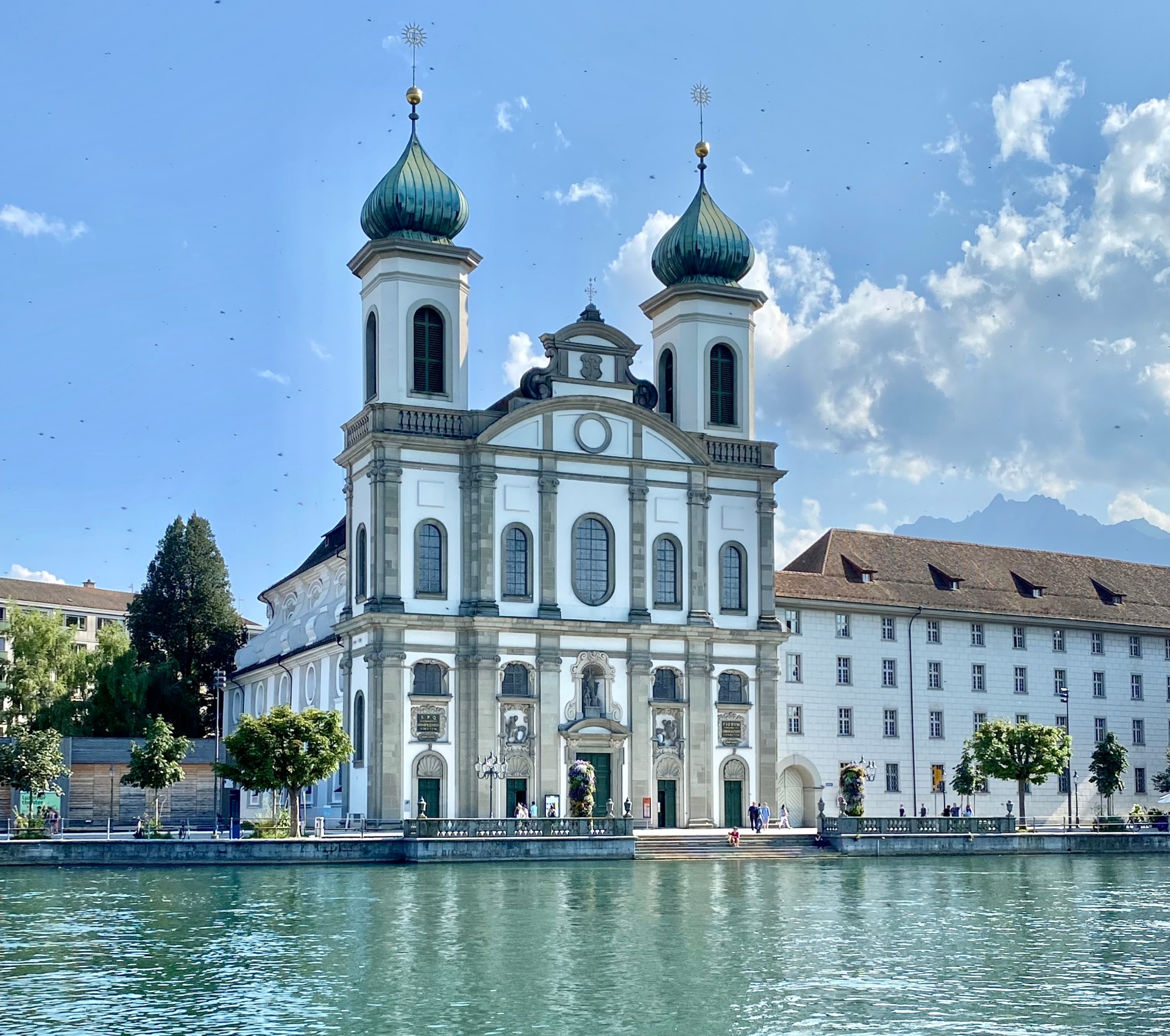
A visit to the 17th Century Renaissance Altes Rathaus (Old Townhall) is an absolute must. And on a gentle slope in a park just off the Löwenplatz behind the old town, the iconic Lion Monument commemorates the Swiss Guards killed on duty during the French Revolution of 1792.
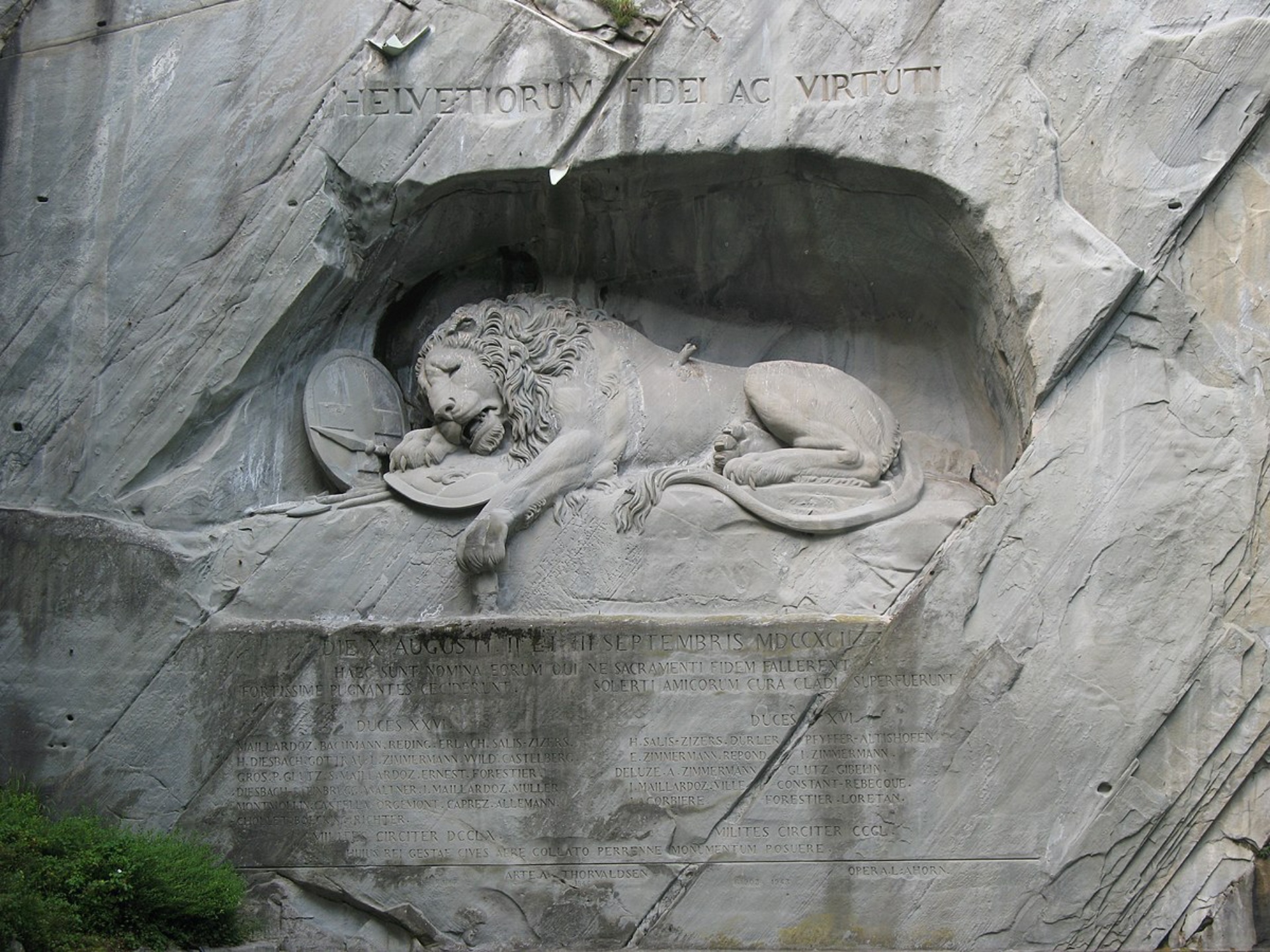
On the lake itself, an unassuming 130-year-old wooden building known as the Seabad Bathing Pavilion is a real gem and a must-visit. Hidden inside is a beautiful Belle Époque interior with a shallow pool containing crystal clear lake water surrounded by simple yet charming old-style changing cabins. It has a small restaurant loved by locals for its yummy salads and Tinto de Verano (summer wine). No vacation is complete without a trip to the local market, and Lucerne's does not disappoint. On Tuesdays and Saturdays, the market on the Reuss River is where locals go to stock up on farm-fresh veg, cheese, pickles, eggs, and vegetables. It's a great place to people-watch over a coffee or join the locals with a glass of local vino.
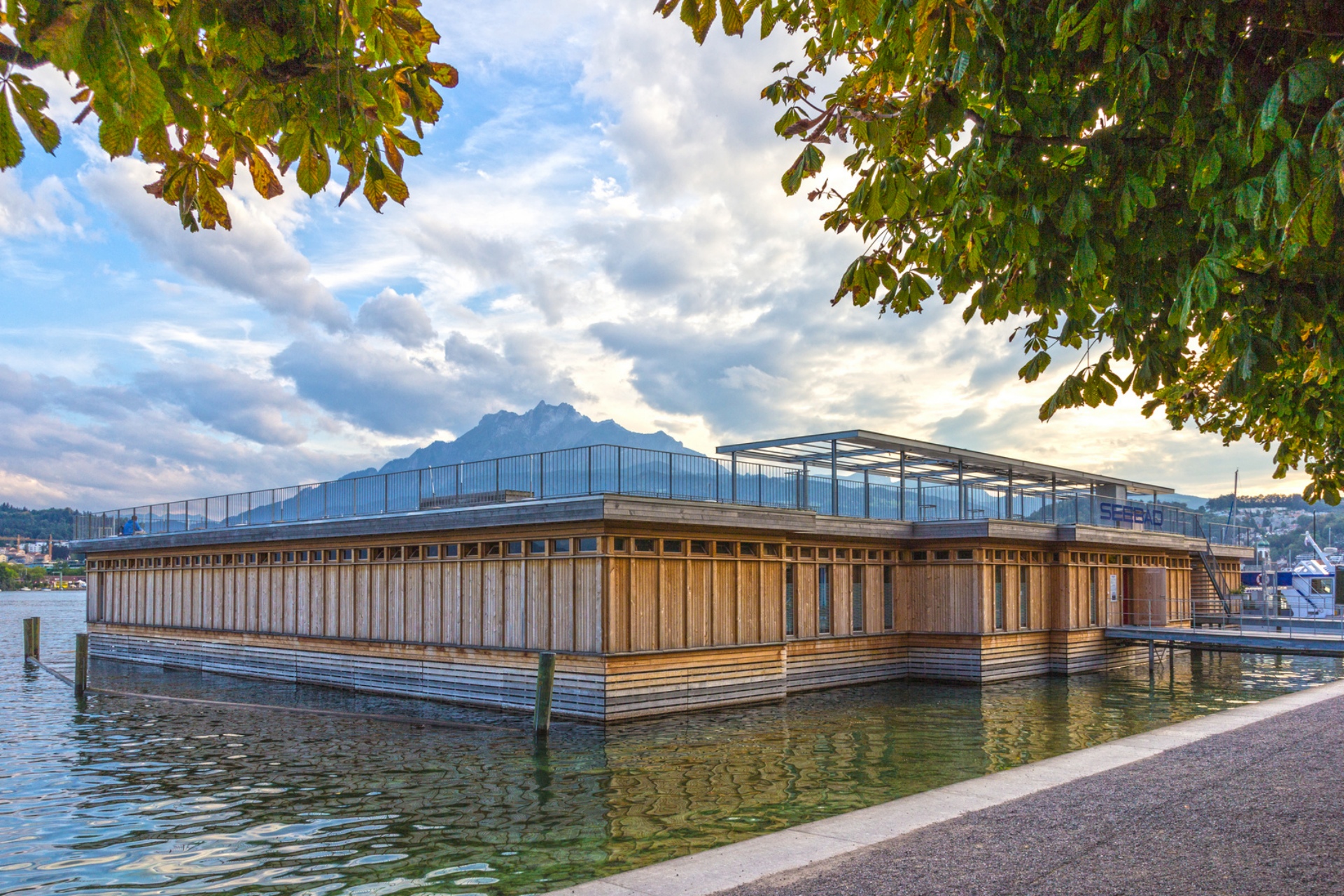
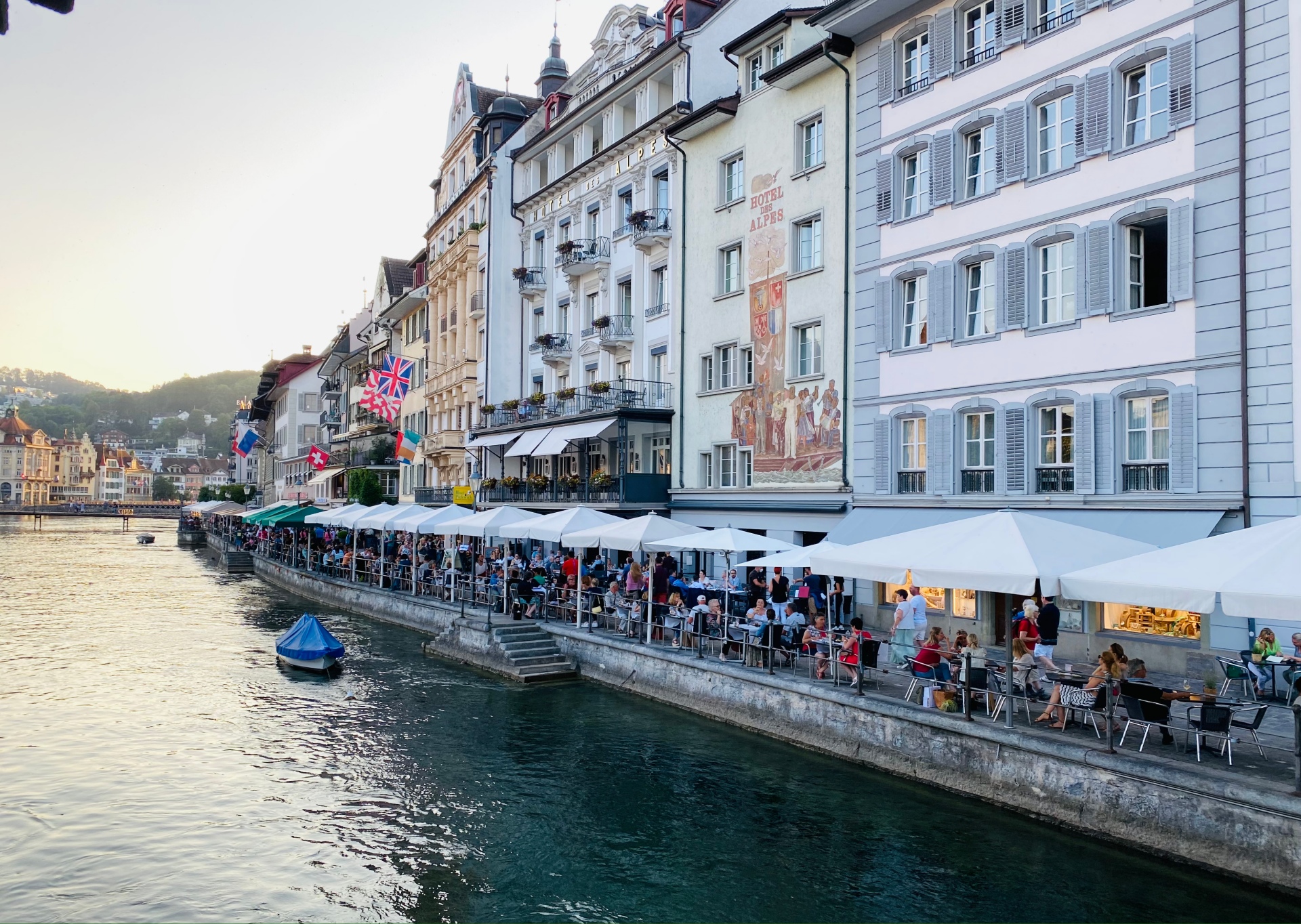
Over the last few years, Lucerne has become a destination for design lovers. Already well-known for its ancient and modern architecture, modern art museums, and local design stores, it is now earning a reputation for its innovative design that includes Jean Nouvel's futuristic steel and glass Culture and Convention Centre (KKL). With a colossal flat roof pushing out over the waterfront, it is an architectural highlight and landmark of Lucerne. It's also the venue for the Lucerne Festival in February/March and a wide variety of cultural events throughout the year. On the fourth floor, you'll find The Museum of Art Lucerne with works from the Renaissance to the present, and the elegant wood-lined Le Piaf Deli Cafe Bar.
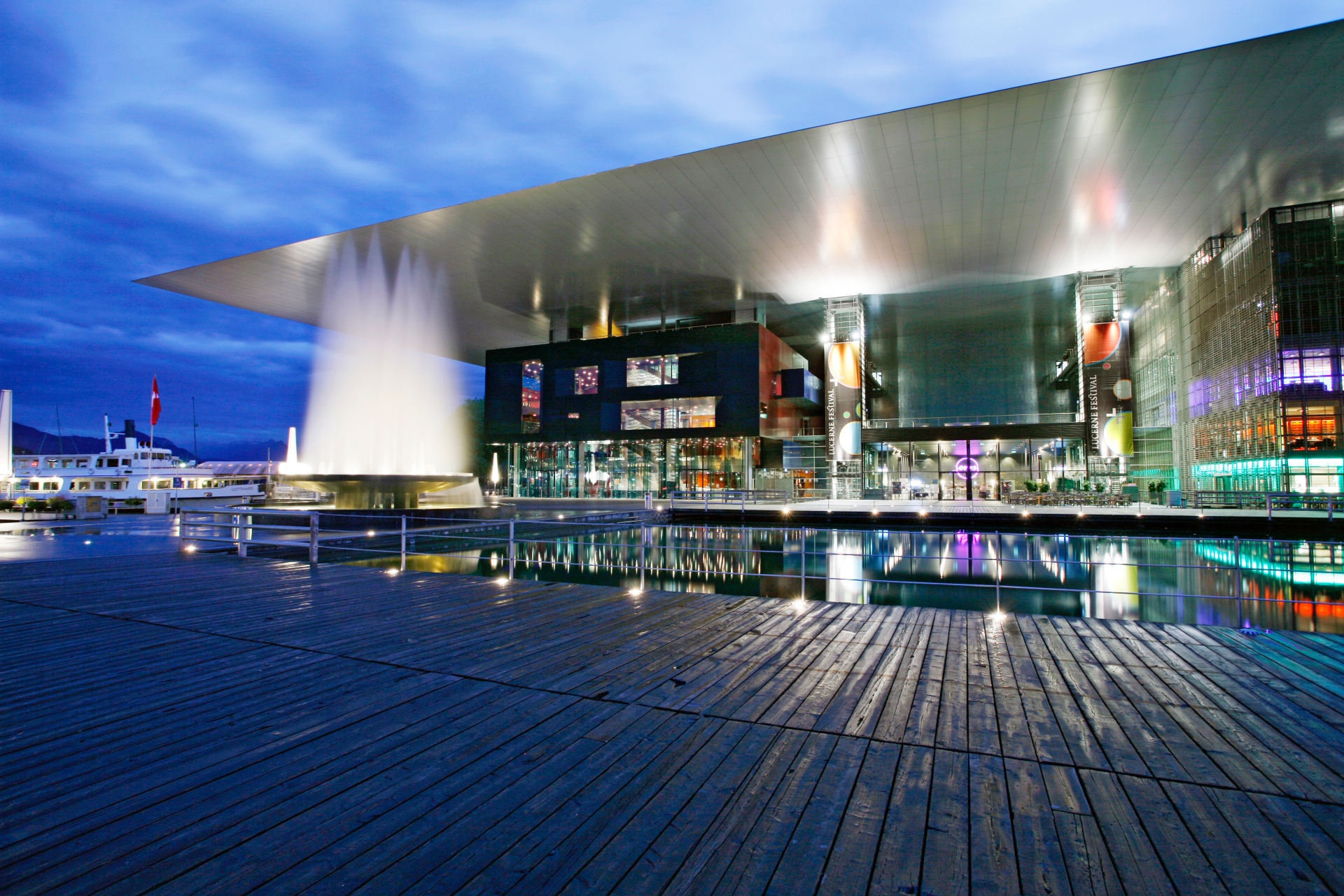
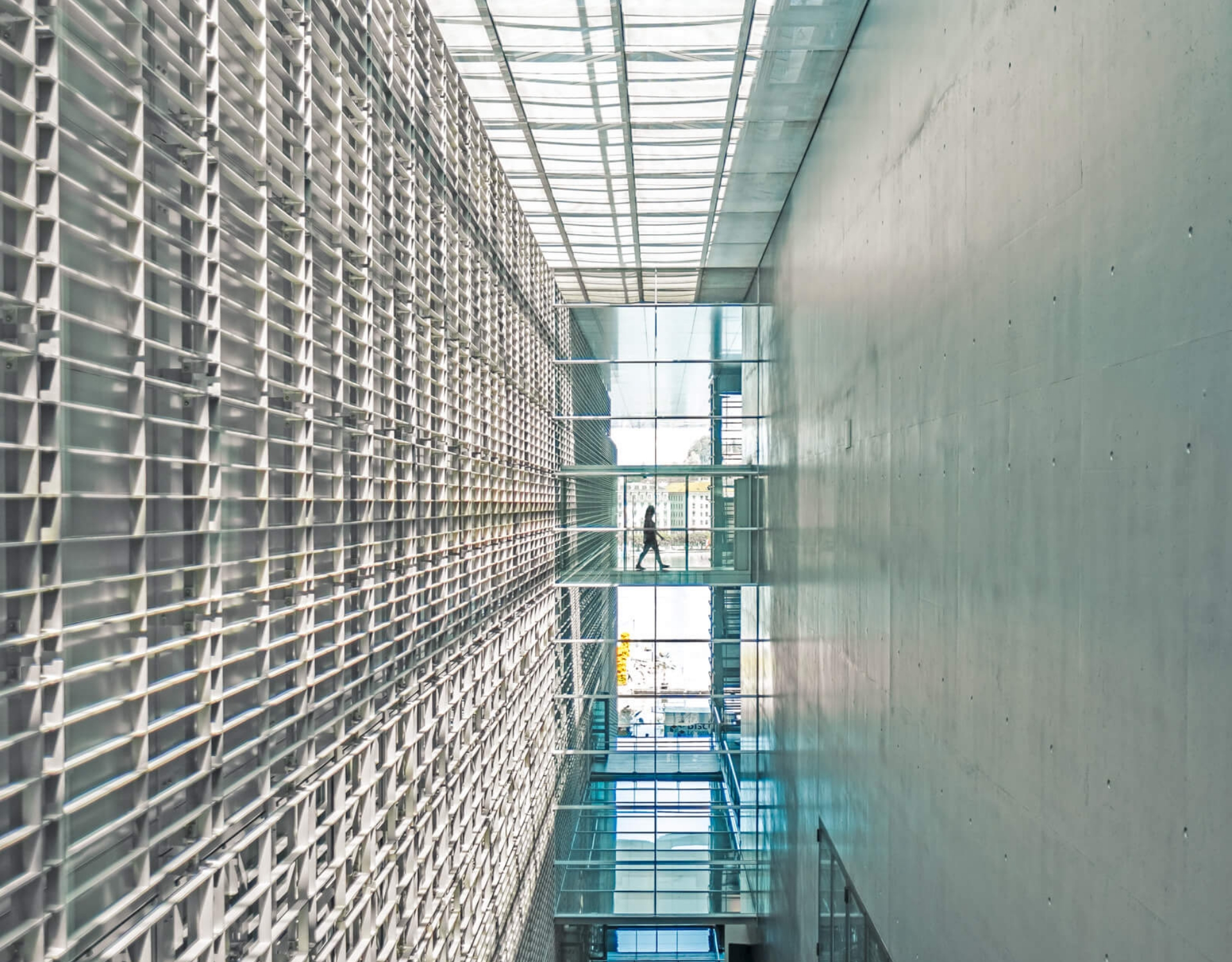
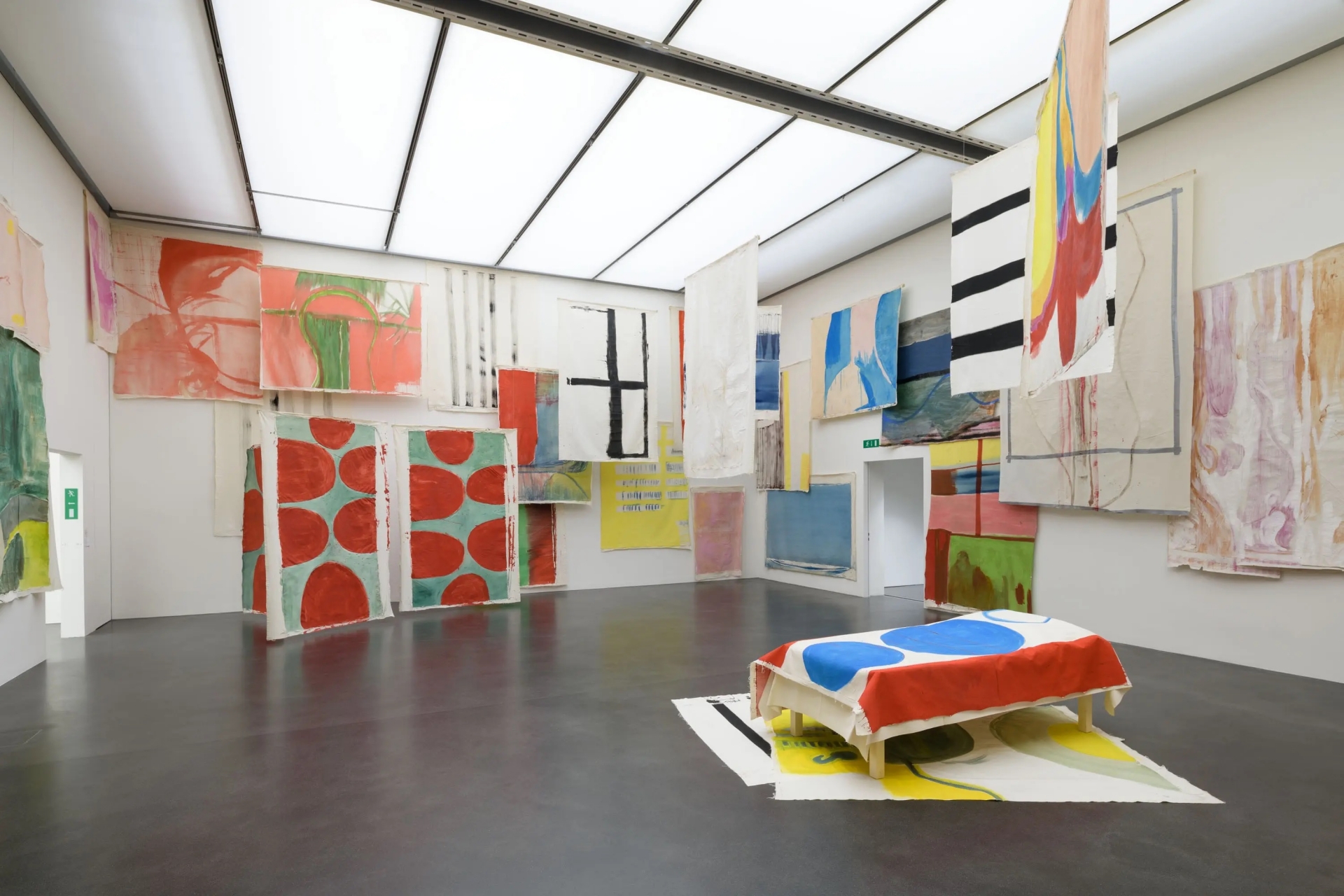
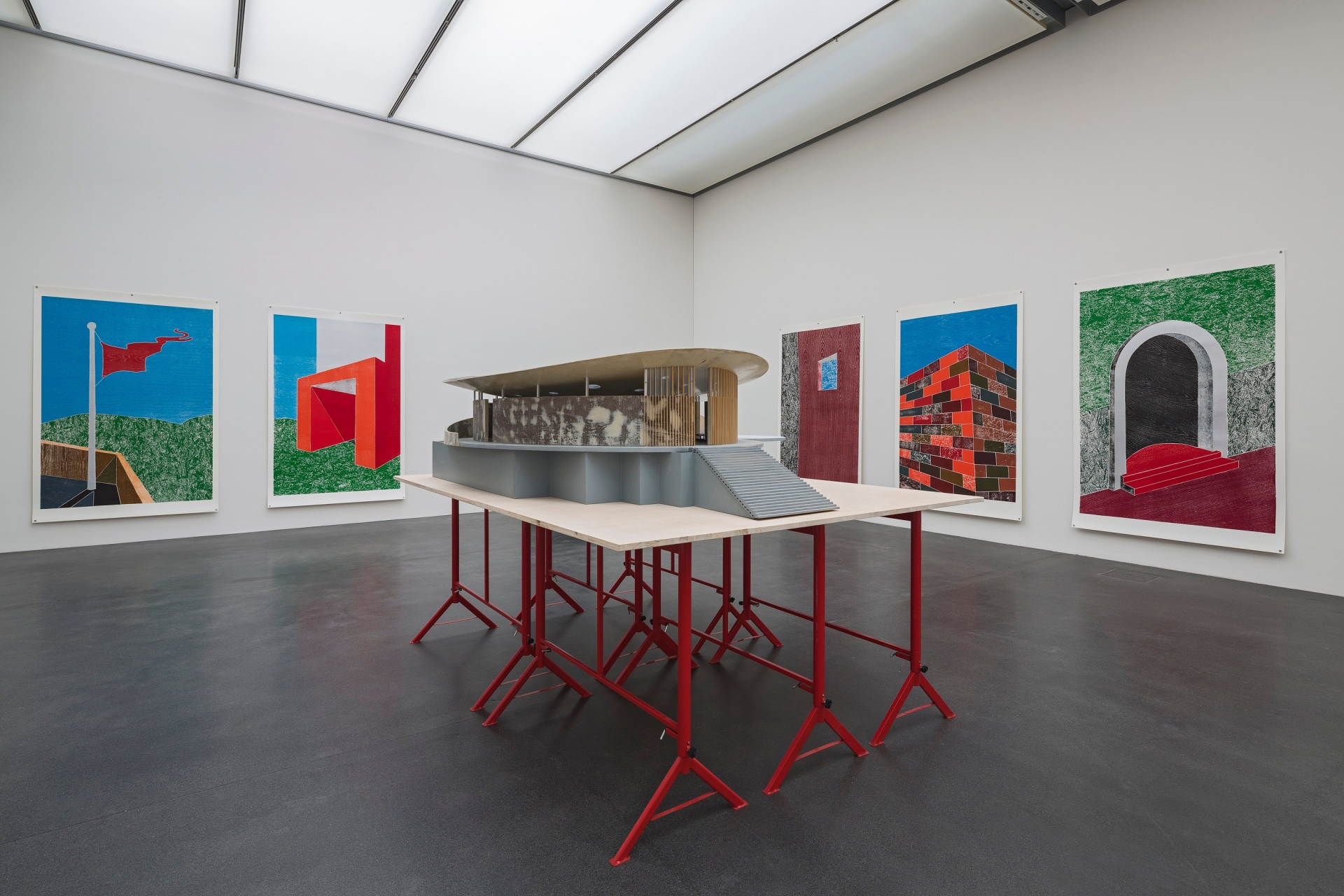
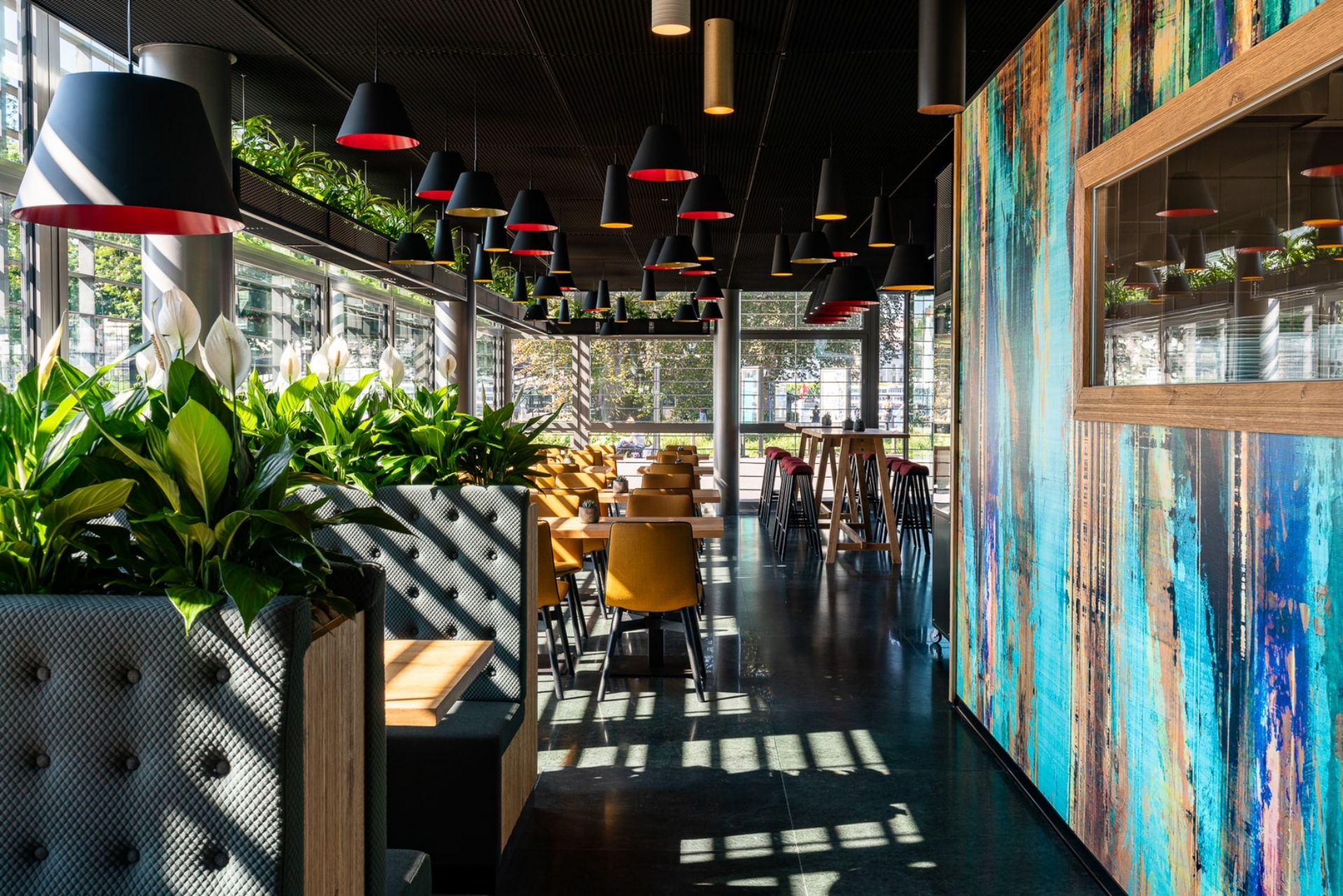
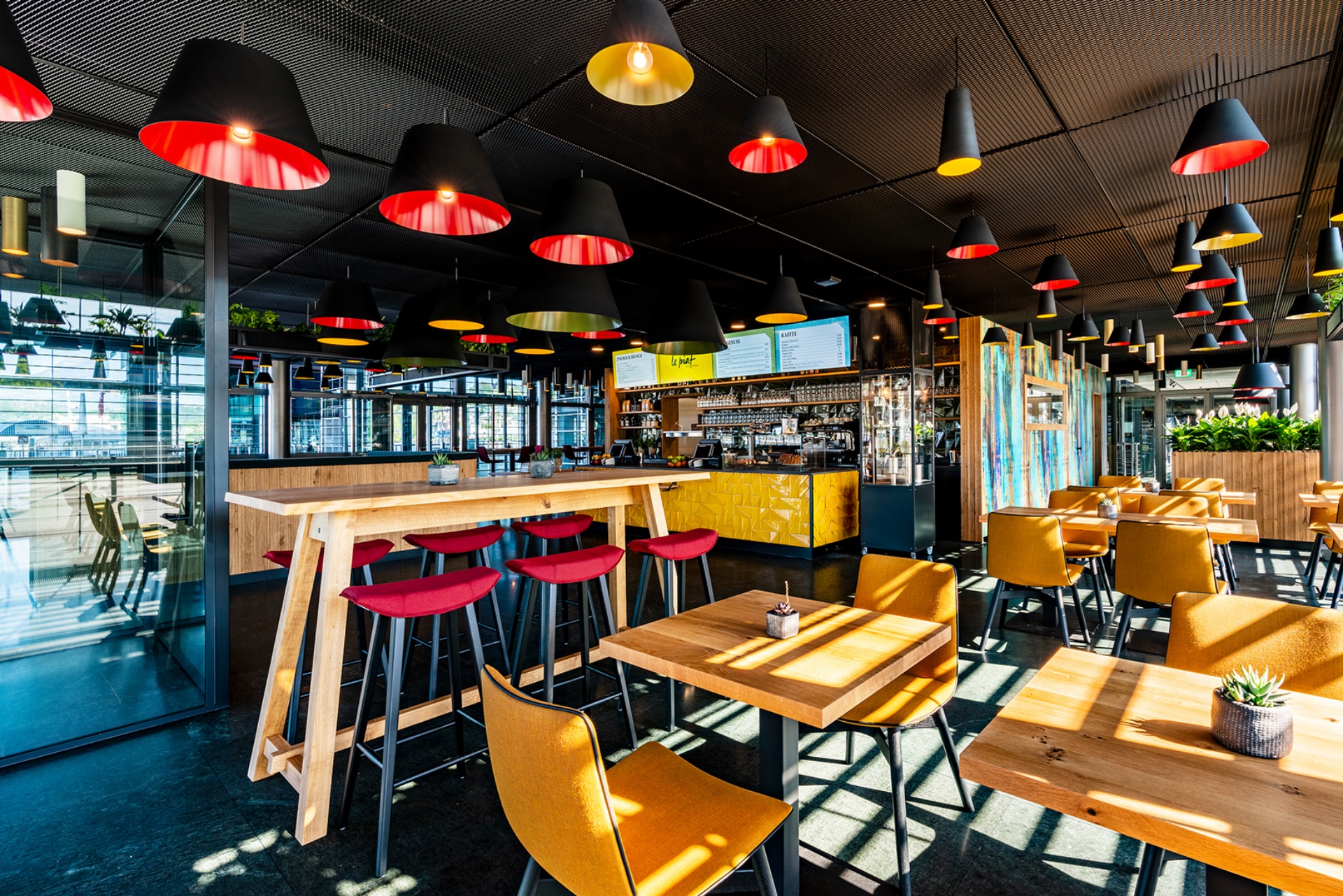
Once you have explored the Old Town, it's time to stroll the lake promenade, chill at the lido on the shores of the lake and join the locals taking a dip in Lake Lucerne. Treat yourself to a cruise aboard one of the gorgeous old Belle Époque paddle boat steamers. If time allows, you can also hop aboard one of the ferries which connect Lucerne with the lake's many villages. The Meggenhorn Castle and the Rütli Meadow are well worth a visit. You can also rent a kayak and join the swans and ducks frolicking in the lake. Château Gütsch sits high on a lush green hillside overlooking Lake Lucerne and Mount Rigi. The 19th-century turreted fairy tale has sumptuous interiors by celebrity designer Martyn Lawrence Bullard is a lovely place for a drink admiring more views. Lucerne is also known as the ‘Lucerne Riviera’ due to its temperate climate. It’s a year-round resort with fabulous hiking, biking, and water sports, and skiing in the winter.
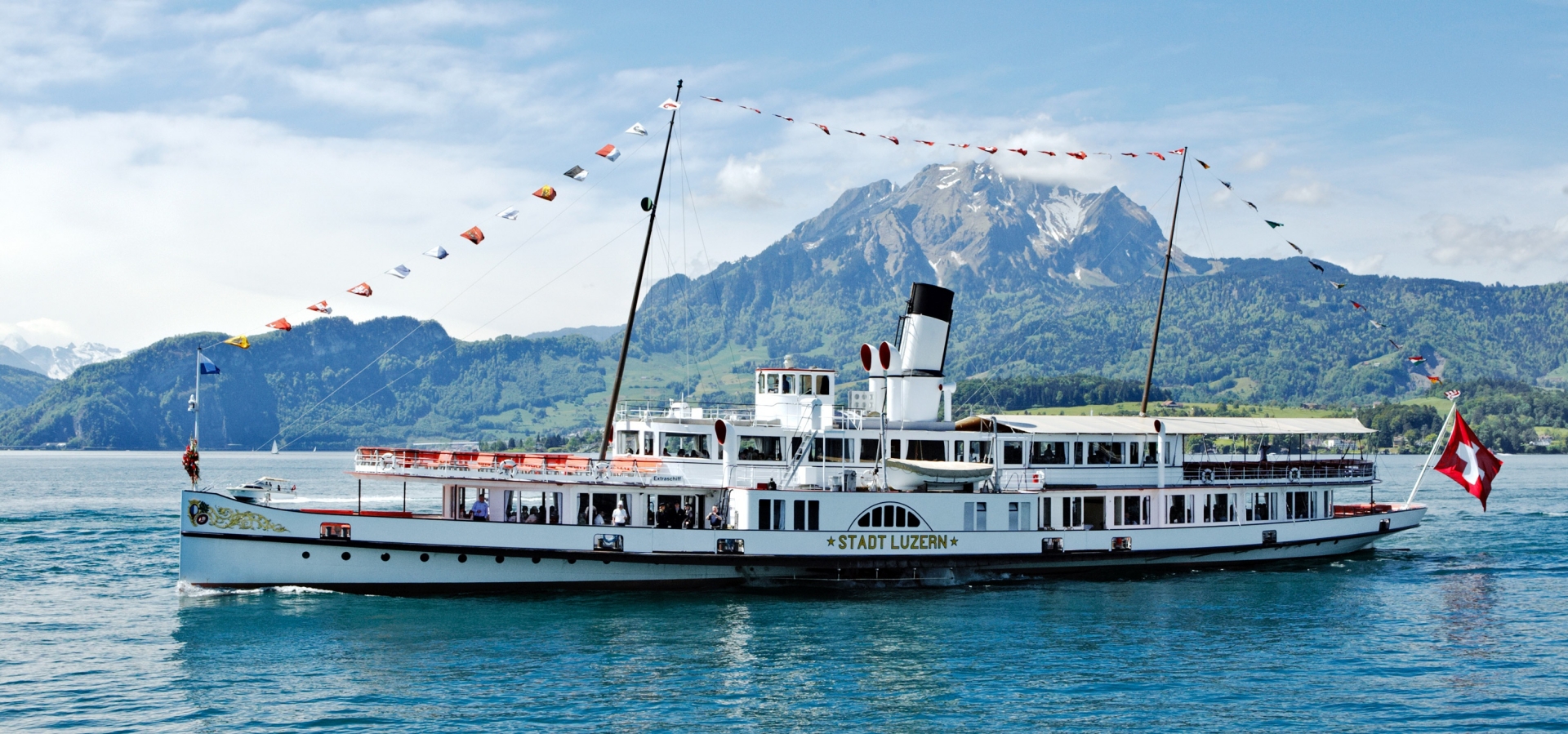
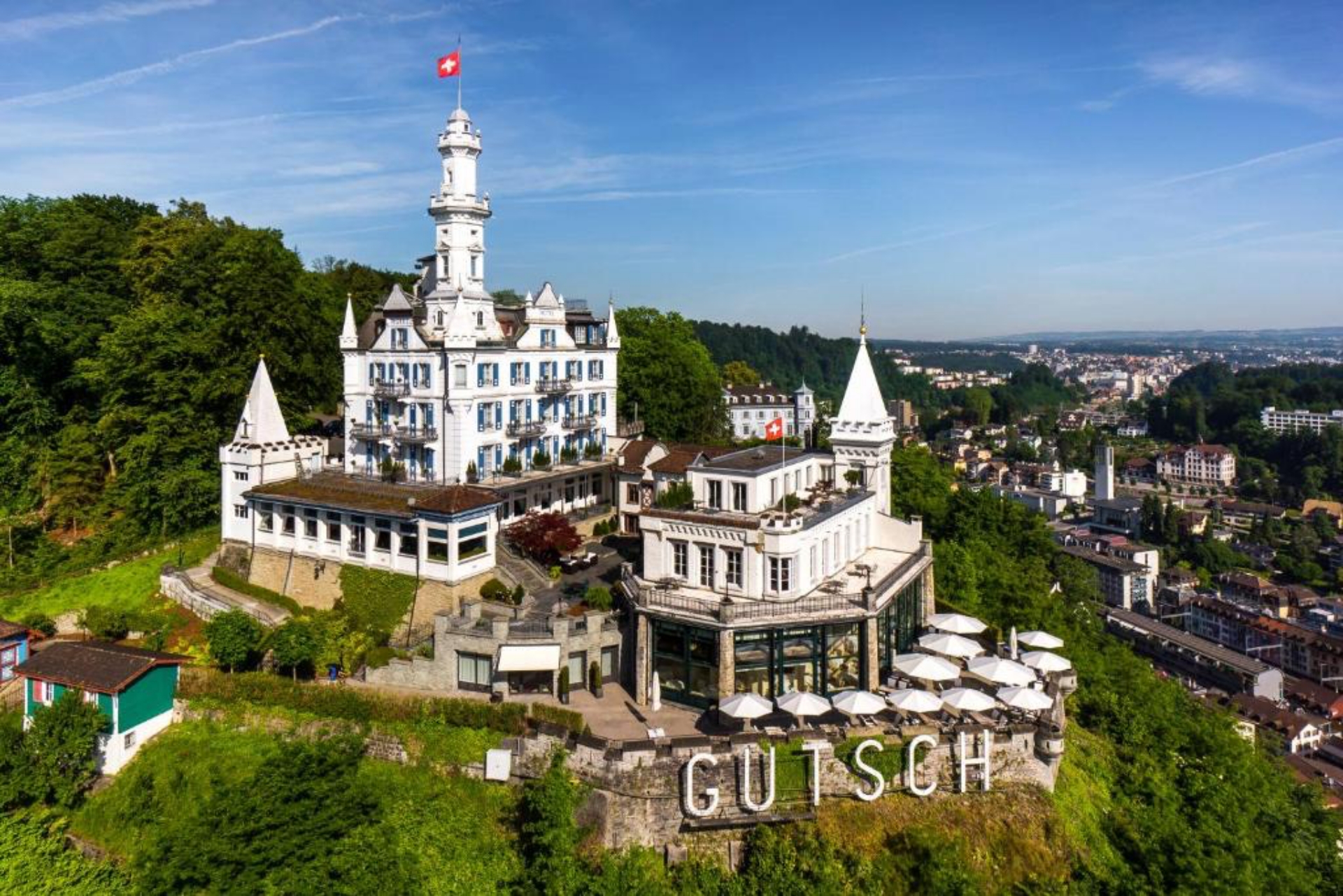
Mountain Magic
This beautiful city is easily explored in one day, leaving you enough time to visit Mt. Pilatus, known for its series of peaks along a jagged crest with stunning views of Lucerne and the Alps. This mountain is immersed in folklore, and known to locals as ‘Dragon Mountain’ after stories dating back to medieval times warned that the peak was inhabited by dragons.
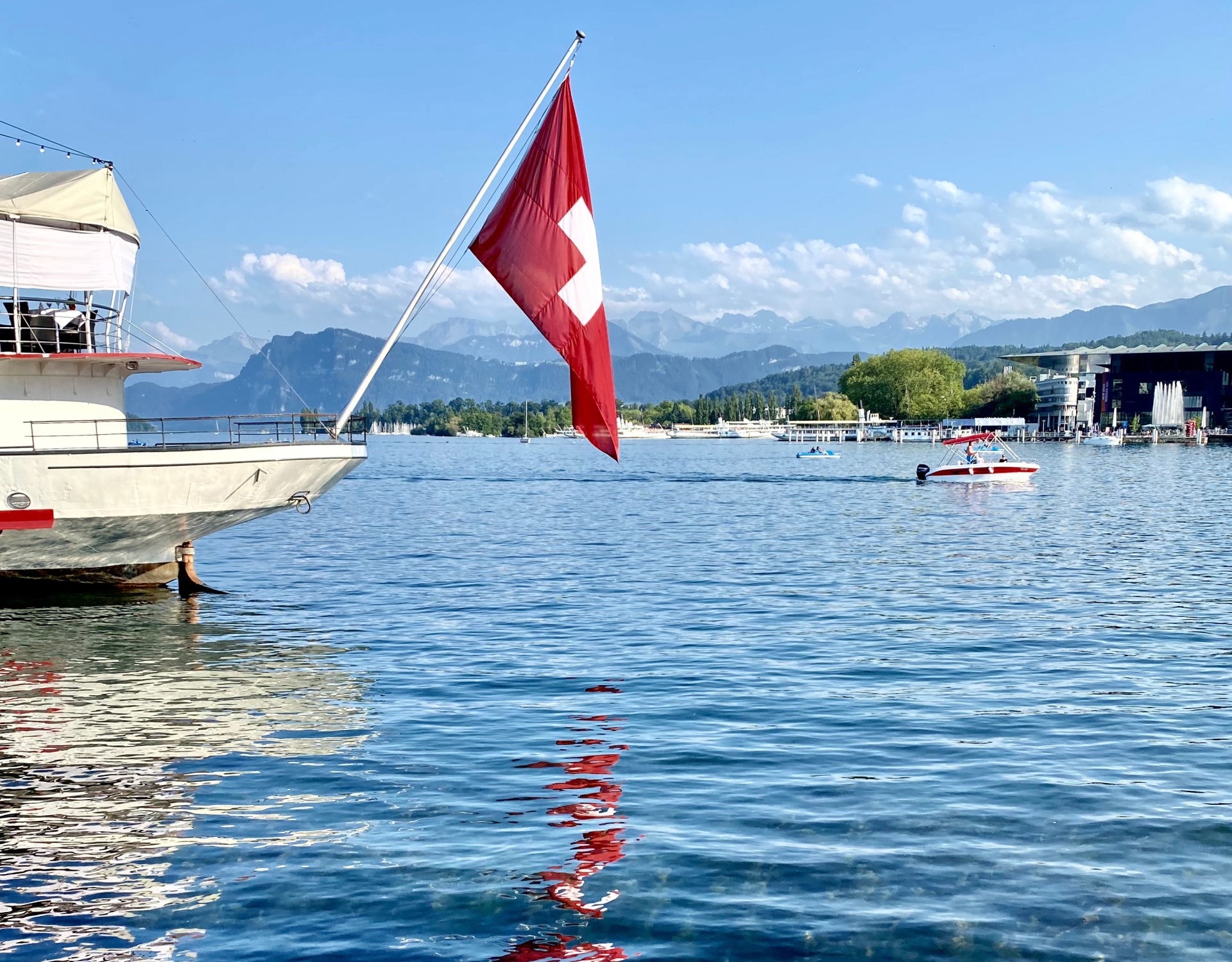
To get there, take a ferry from Lucerne to Alpnachstad, where you can connect with the world's steepest cog railway. Alternatively, take a ferry across the lake to the town of Vitznau, where you can connect to the historic Rigi-Kulm cogwheel railway to the summit. There's hiking and paragliding at the top; time it right, and you'll experience the most fantastic sunsets. Nearby Weggis has been raved about through the ages. The American author and travel writer Mark Twain wrote in 1897 that Weggis was the “loveliest place" he had ever visited. To get there, take a leisurely boat ride across the lake from Lucerne to connect to the bright-red cogwheel train to the summit to take in the air, hike, or picnic.
Dining
An enticing row of alfresco eateries sit along the riverside of the old town. Buvette Luzern is perfect for a drink in the sun and sundowners. The Wirsthaus Galliker traditional Swiss tavern-style restaurant serves delicious rosti, luzerner chögelipastete (veal in puff pastry with creamy mushroom sauce), and moreish cheese tarts. Head to the Rathaus Brauerei beer garden overlooking the river for a thirst-quenching pilsner and witbier. For a more elegant option, the Hotel des Balances - an 18th-century building with a facade painted in the style of Hans Holbein, has a lovely riverside terrace.
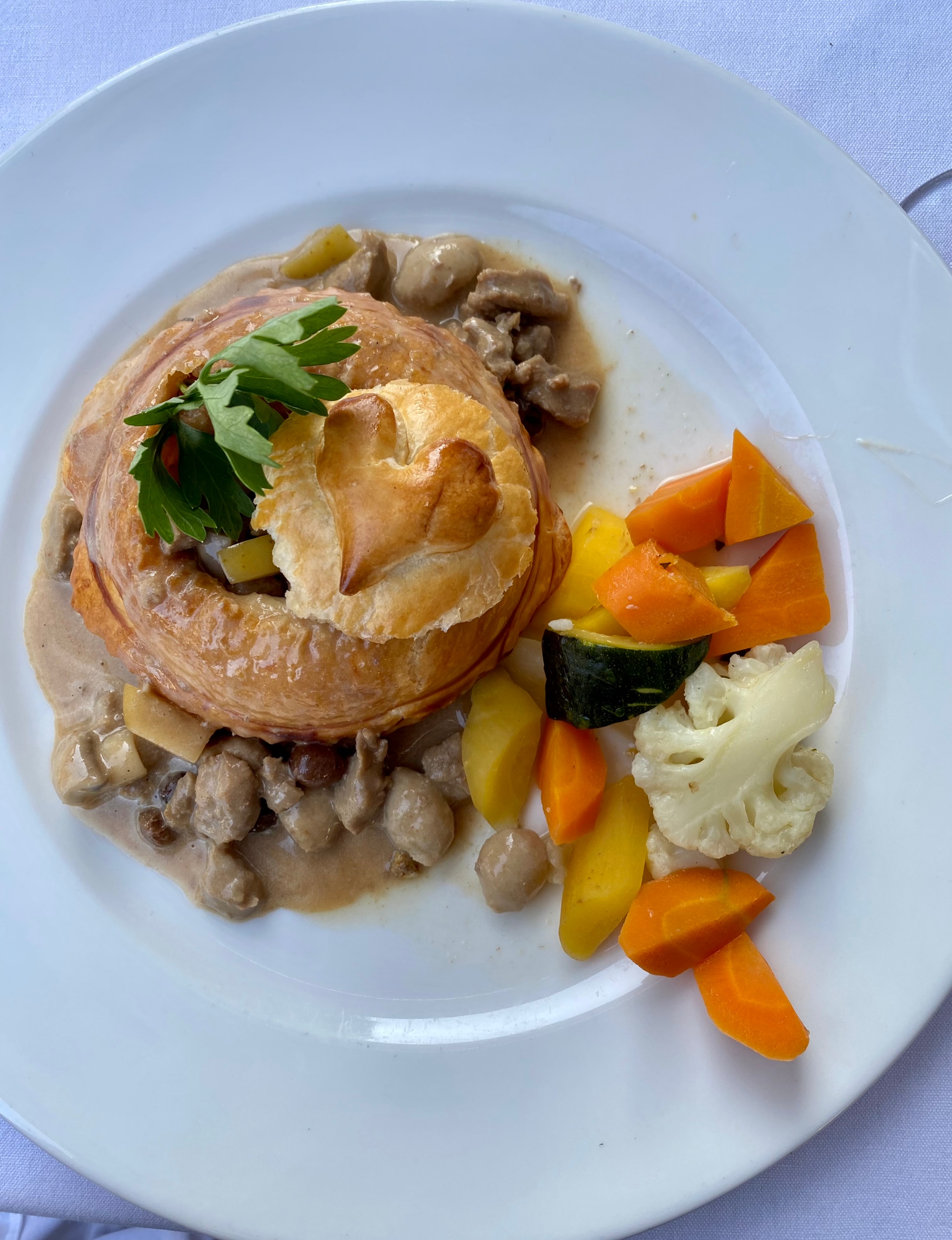
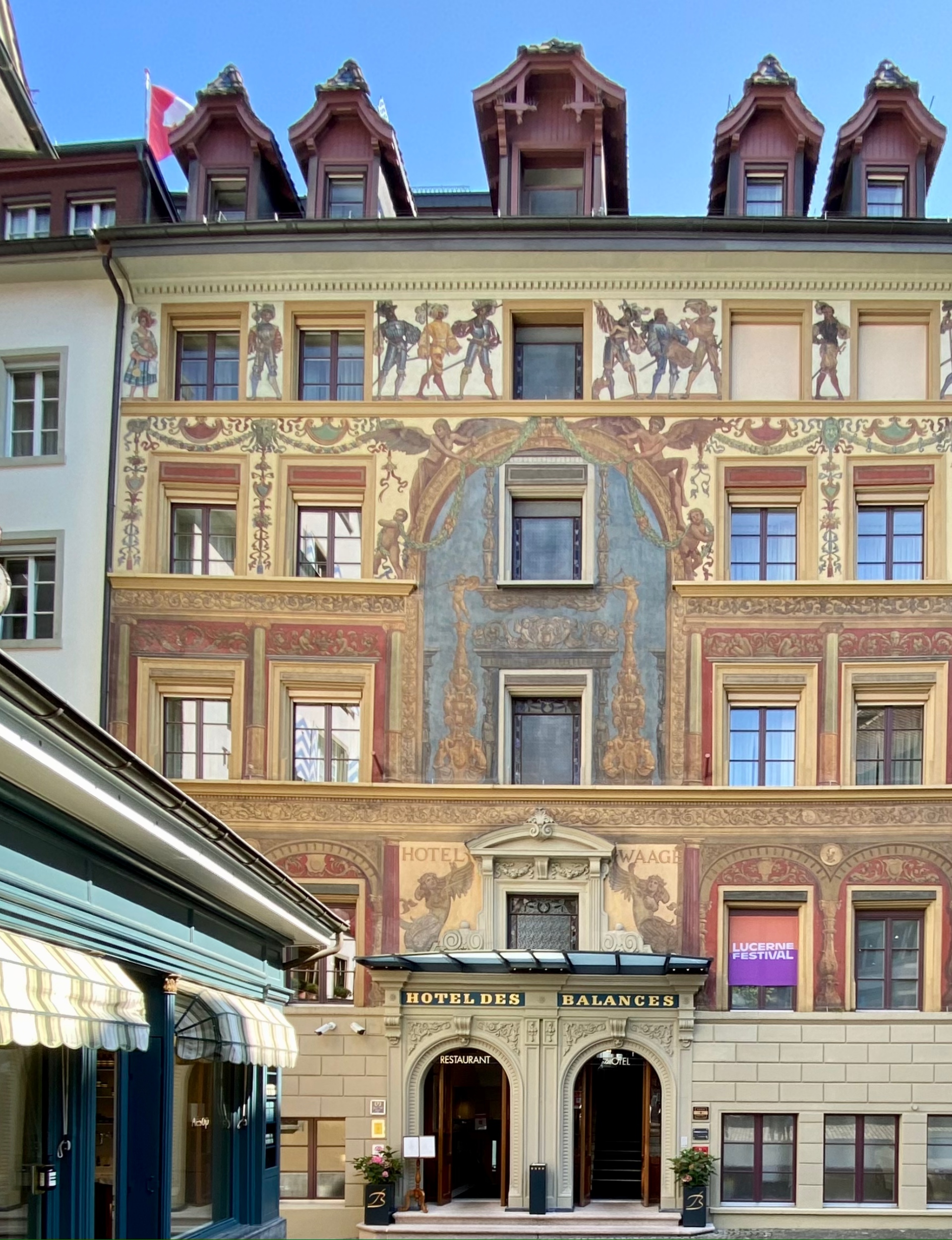
KKL's Lucide Restaurant is a lively space with an open kitchen and a large chef's table to enjoy the exquisite dishes of Michèle Meier. The Seebar restaurant and terrace on the roof have a breathtaking 360-degree view, making it the best venue for an early evening apero.
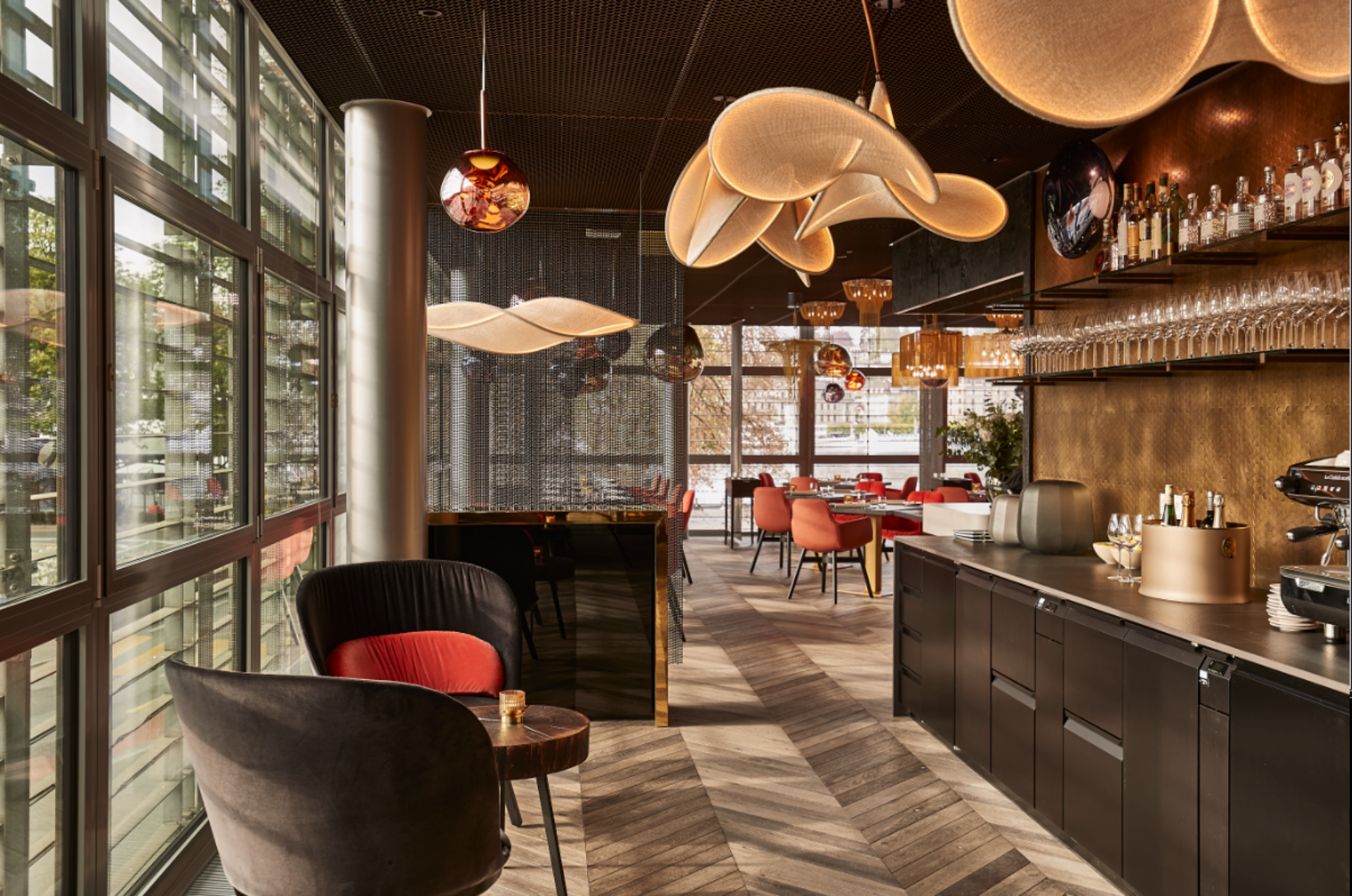
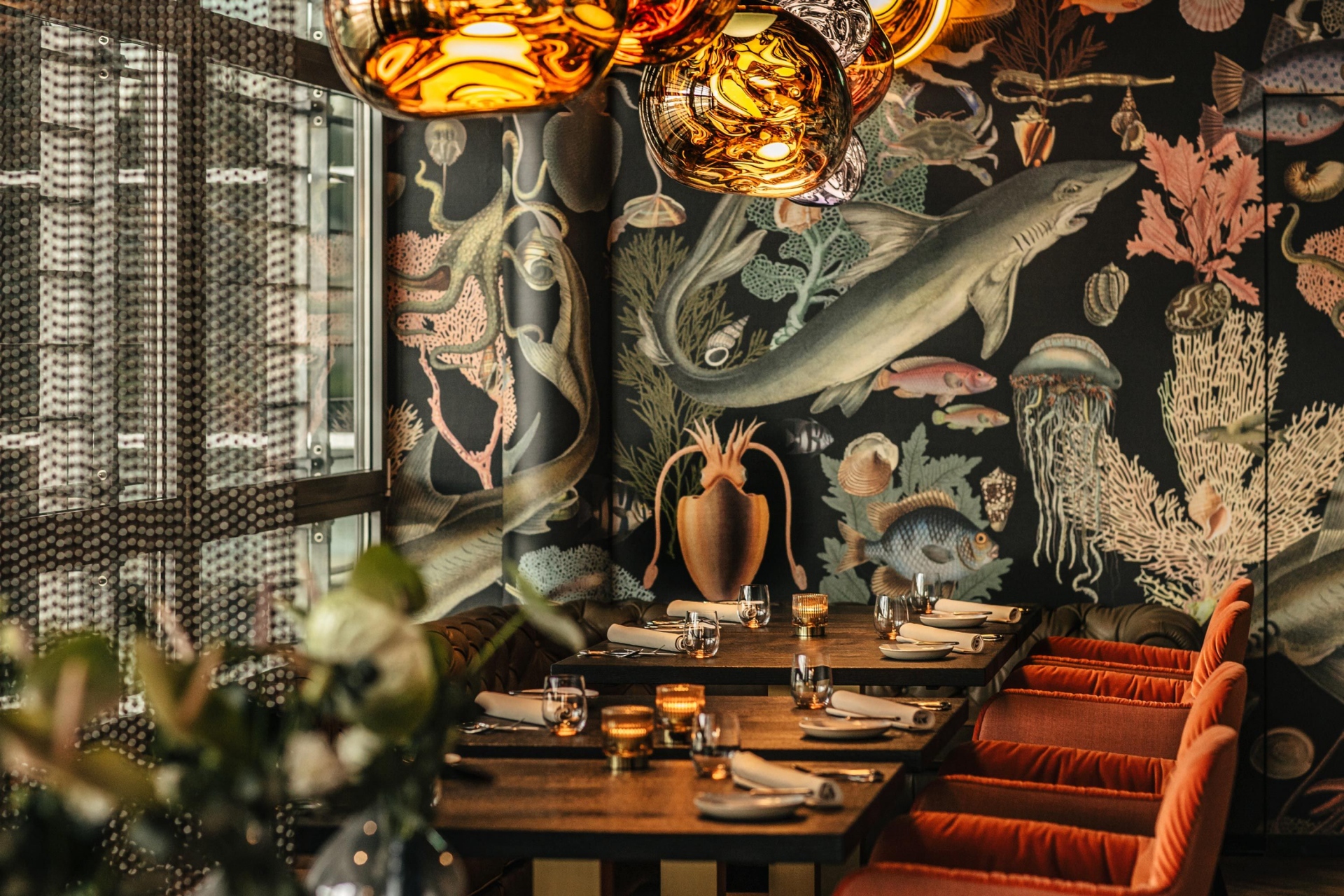
Cool Spots
LUZ Seebistro is a pretty, simple wooden structure with chandeliers and a terrace at the back. Cafe Bistro Mardi Gras and Petit Mardi Gras on Burgerstrasse sit side by side on a lovely pedestrianized street and have divine cocktails. The very chilled Opus restaurant next to the Jesuit church has a gorgeous setting with tables tumbling onto the riverside walk. And don’t miss a wander around the Bruch district, Lucerne's trendiest neighbourhood; a vibrant residential quarter in the old cantonal cattle market brimming with cool ateliers, bars, and restaurants.
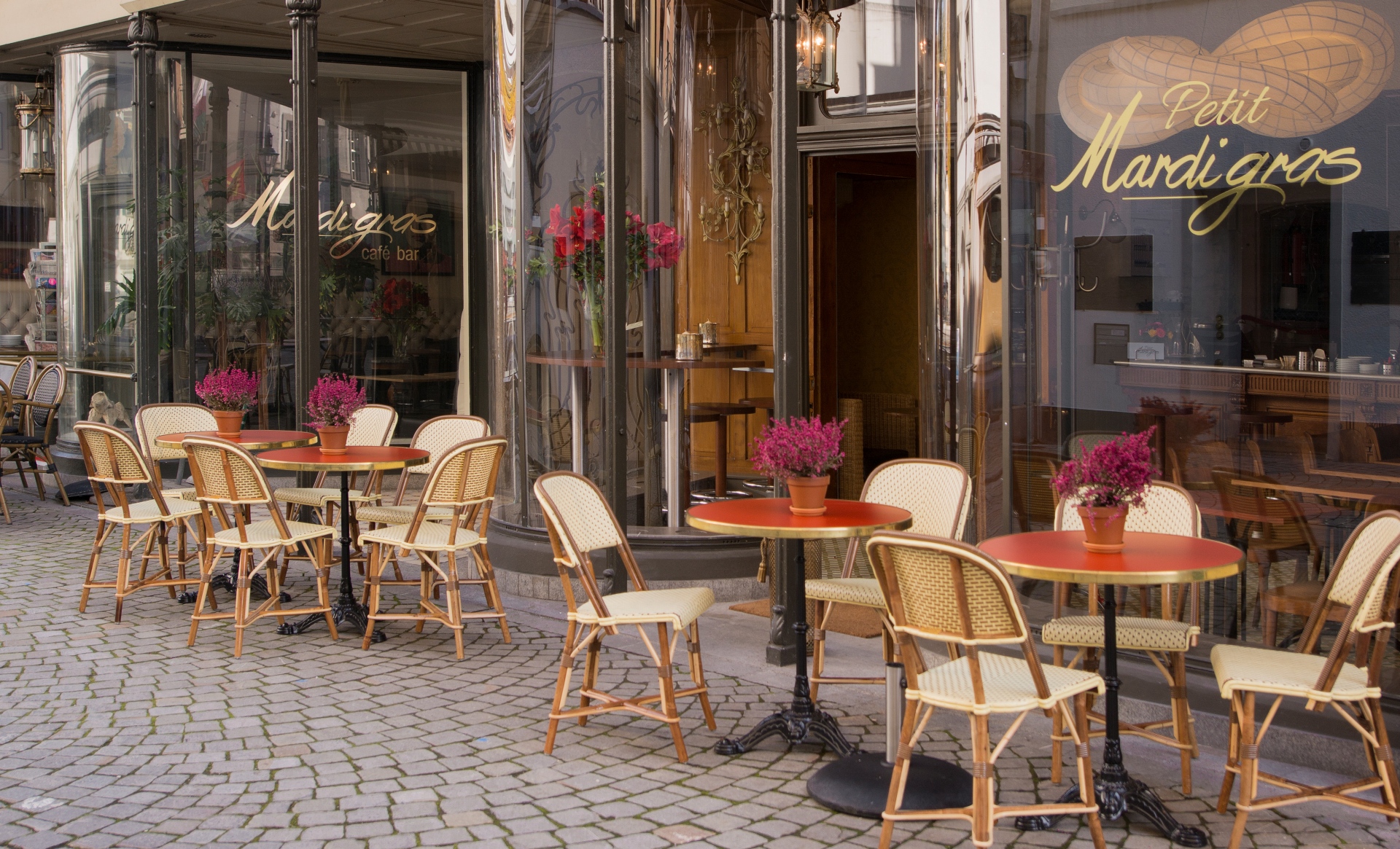
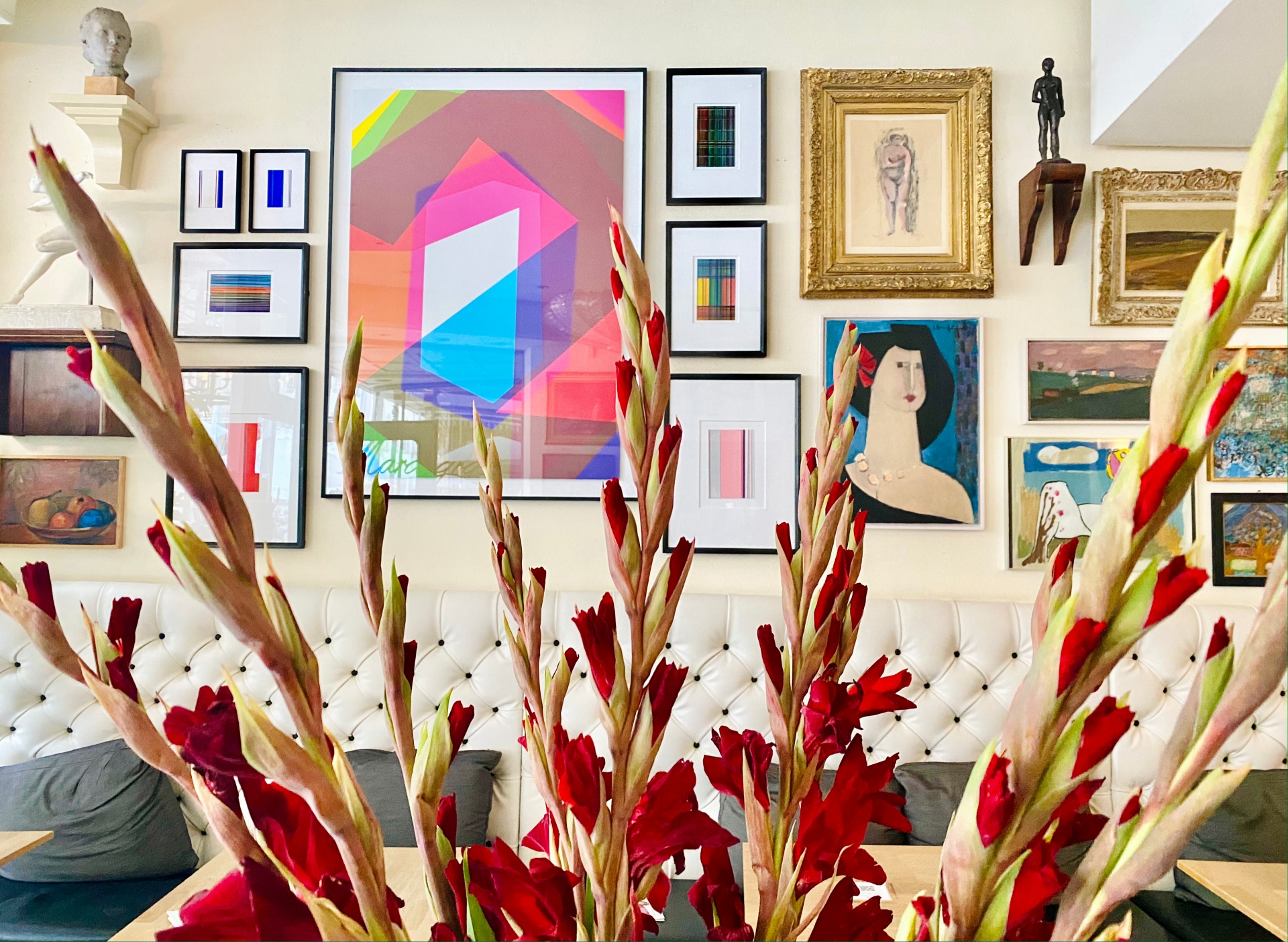
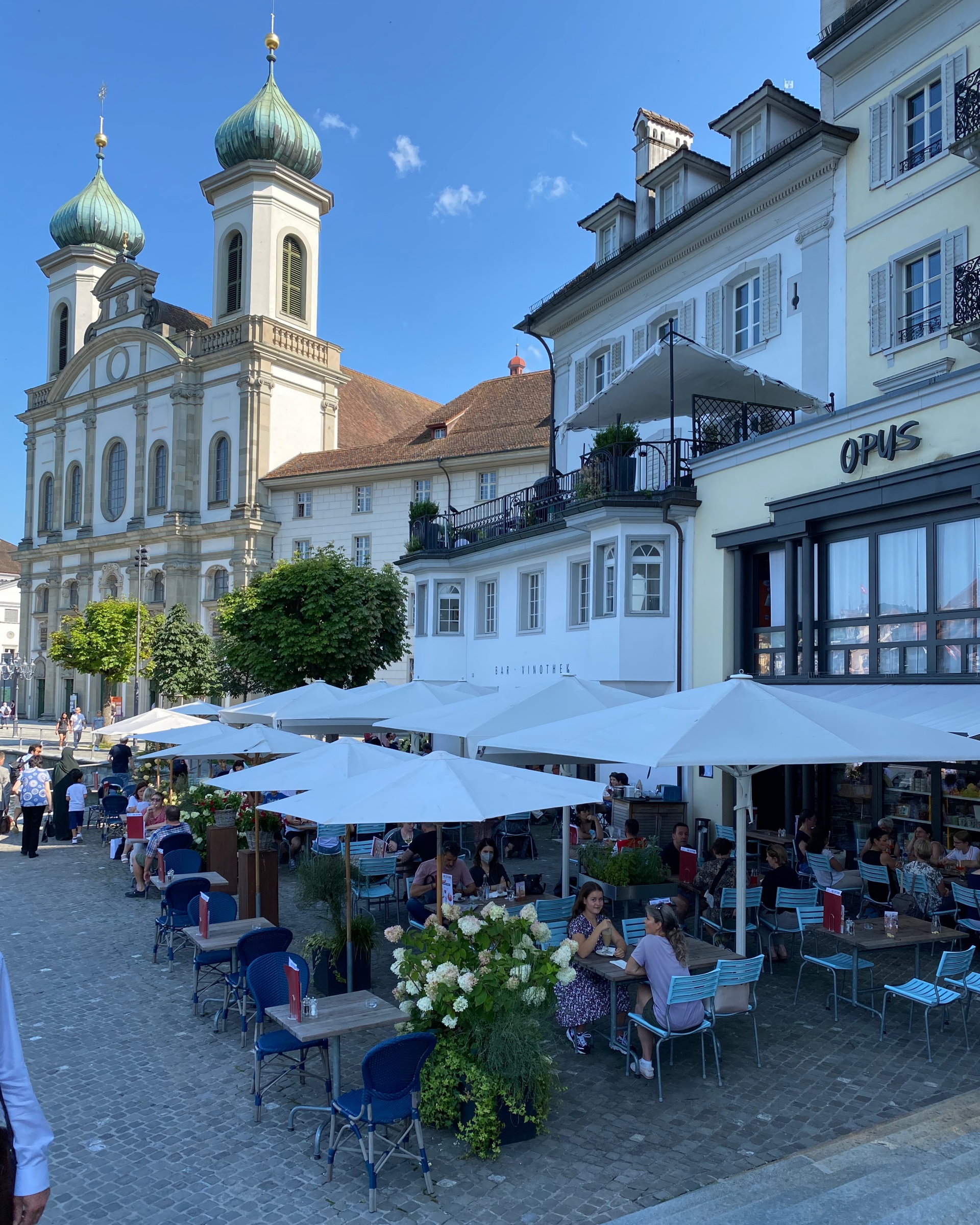
The Sleep
Hotel Schweizerhof Luzern is voted the best hotel in Switzerland. Ask for a lake-facing room and book in for a spa treatment after a day of exploring. A short funicular whisks you up to the lobby of the Art Deco Hotel Montana, where art deco flair meets 21st Century luxury and wonderful views of the mountain-rimmed lake.
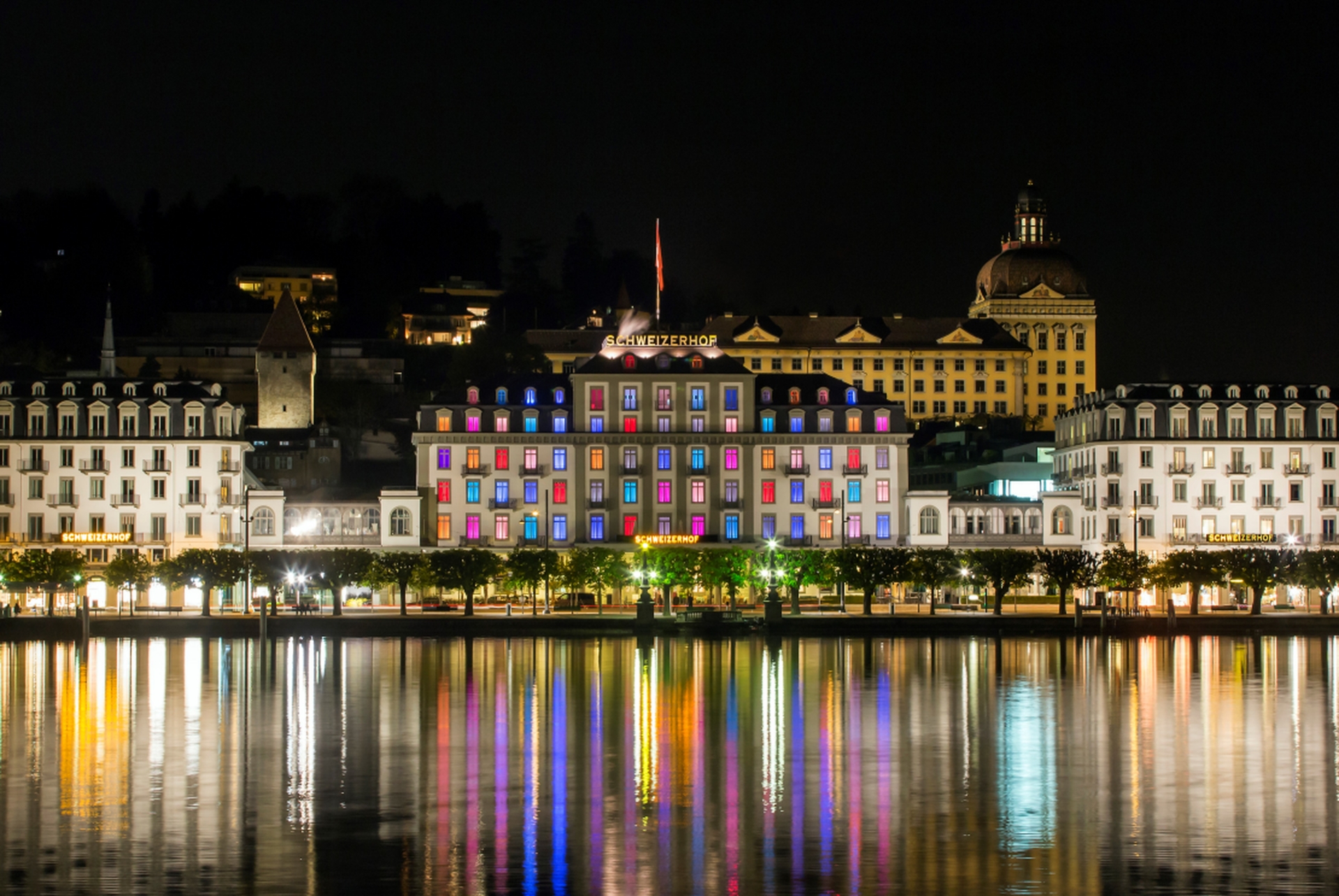
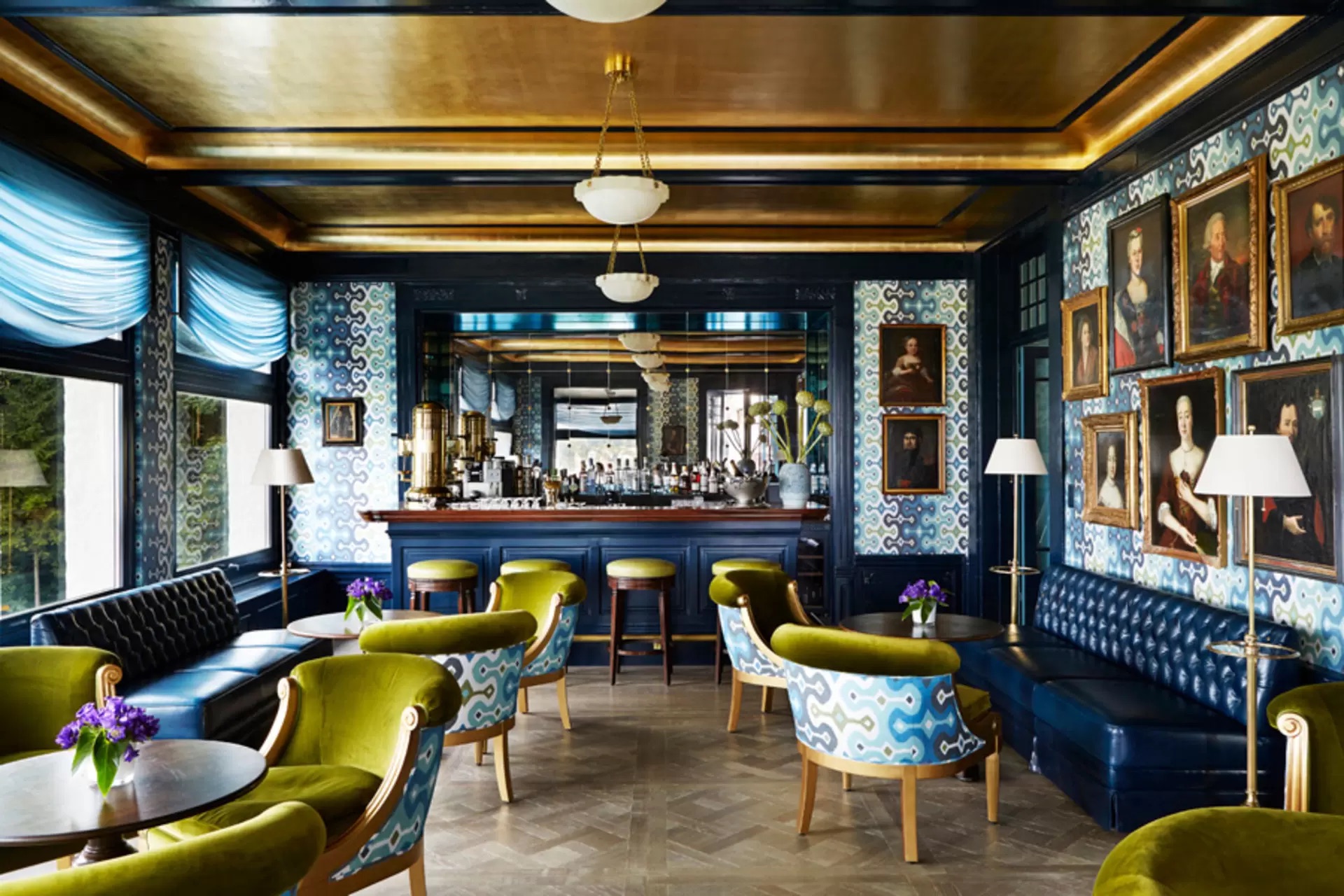
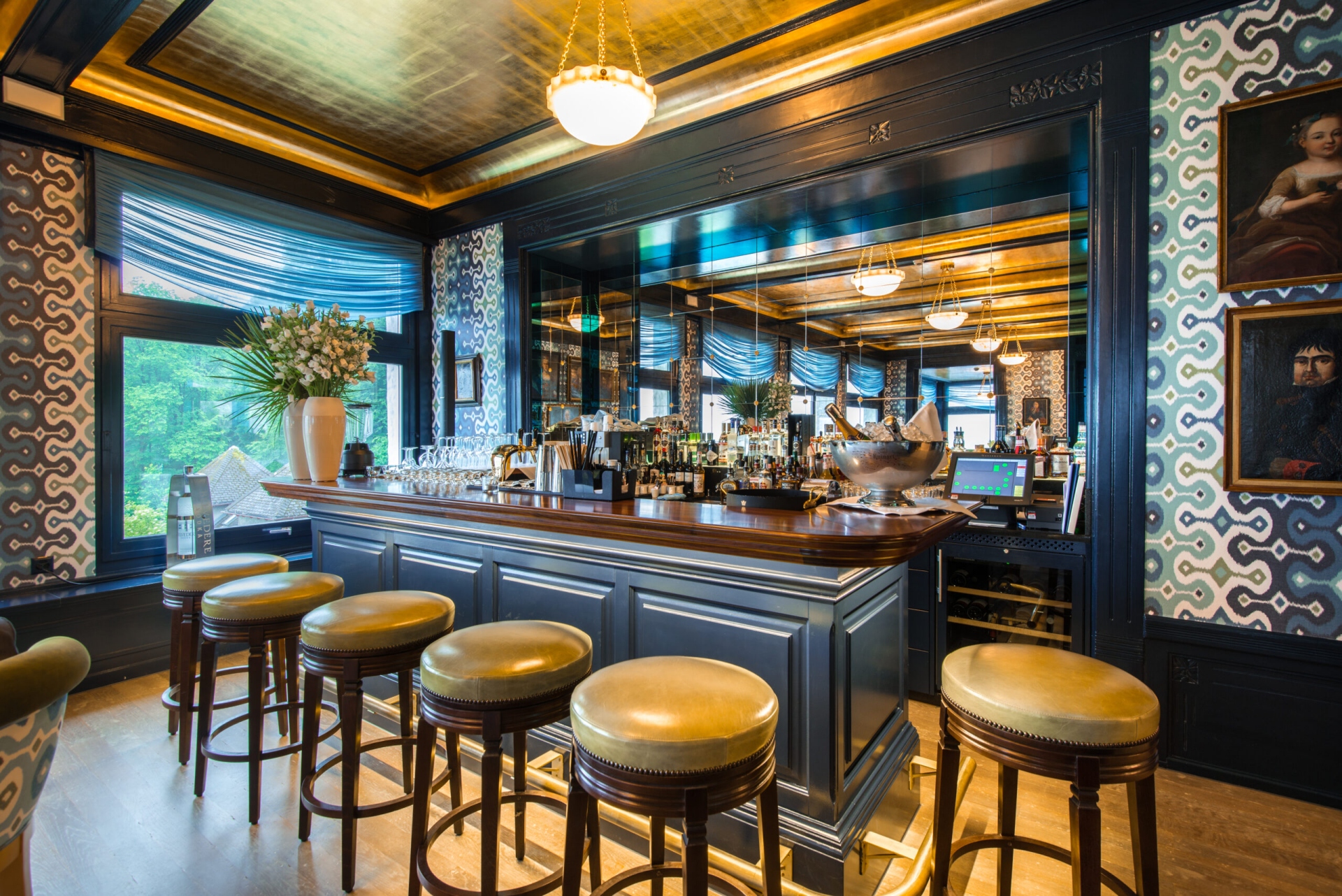
Once home to Audrey Hepburn, and Sophia Loren, the 1.8 billion dollar revamped, Bürgenstock Resort simply dazzles, accessed via the MS Buergenstock shuttle boat on Lake Lucerne and then by hopping on the Bürgenstock Funicular. The car-free resort has two spas, including the Alpine spa, where you can luxuriate in the ultimate wellness retreat space with five pools, including the breathtaking Infinity Edge Outdoor Pool. There's also a nine-hole golf course, twelve restaurants, a curling rink, and a private lido on the lake.
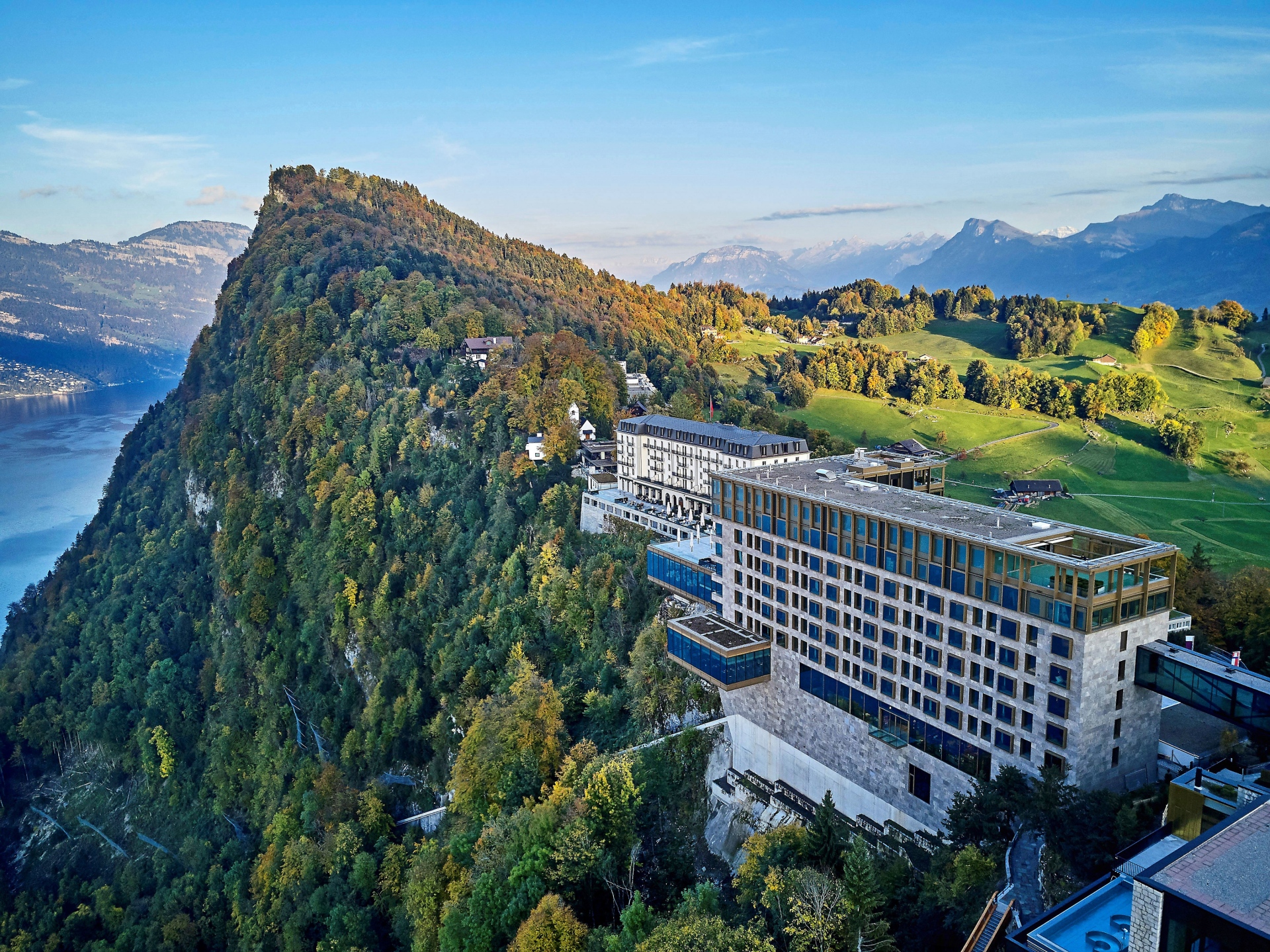

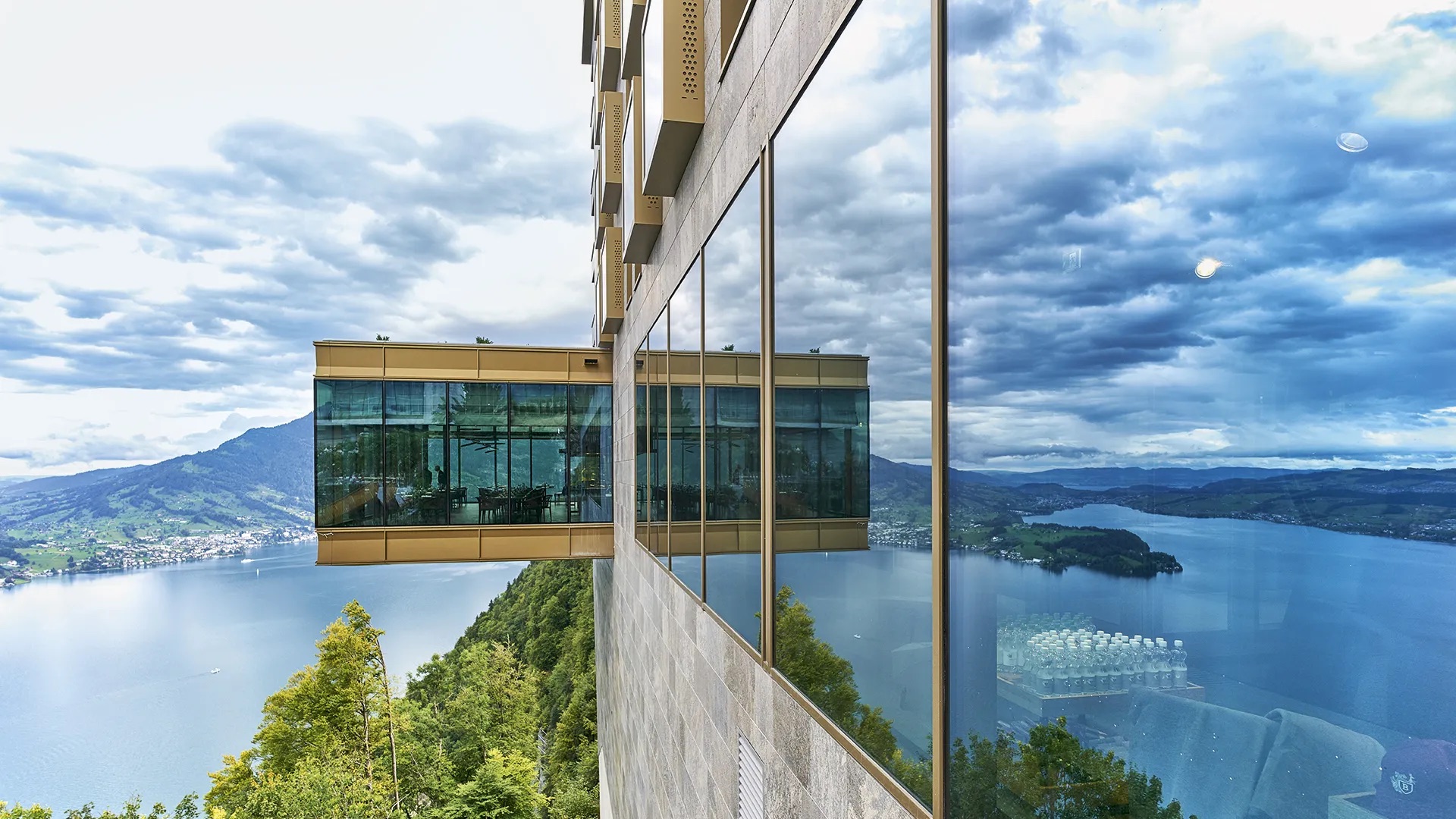
The Ameron Luzern Hotel Flora, meanwhile, is a small contemporary hotel with the best location, only 150 metres from the Chapel Bridge and 300m from the train station and Lake Lucerne. The Bacio della Mamma Italian restaurant obtains almost all its products from Italy and has superb fresh homemade pasta. Bon appetit!
